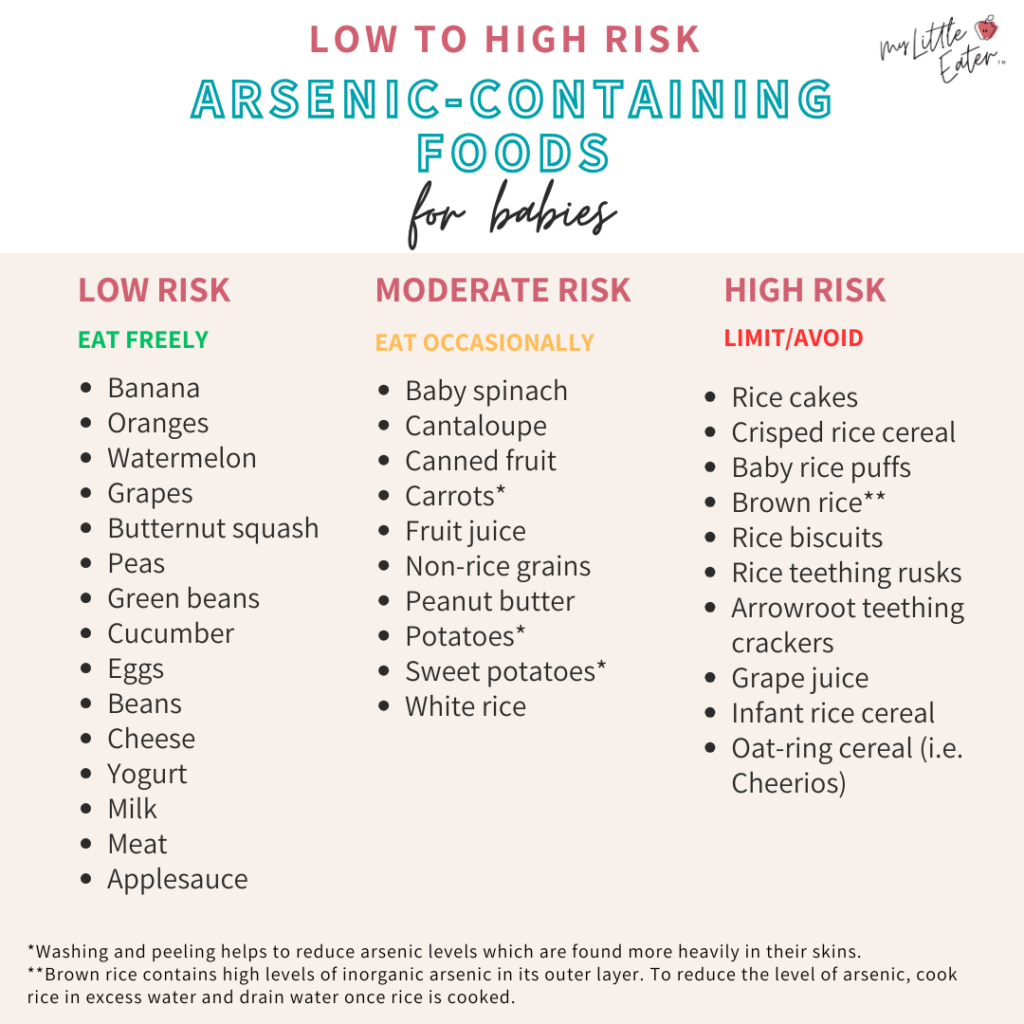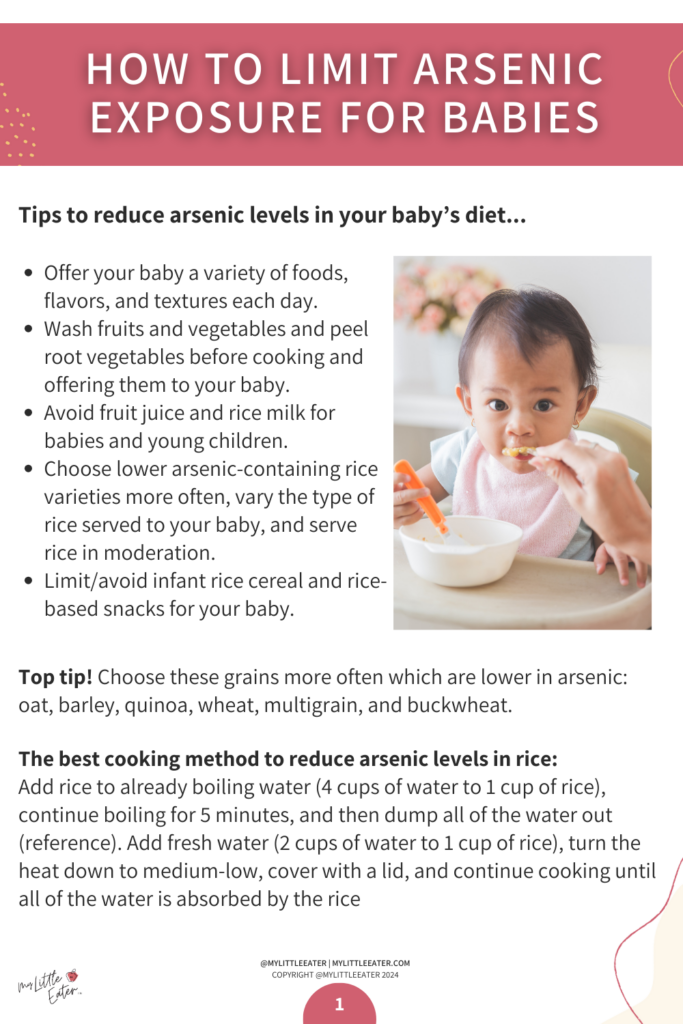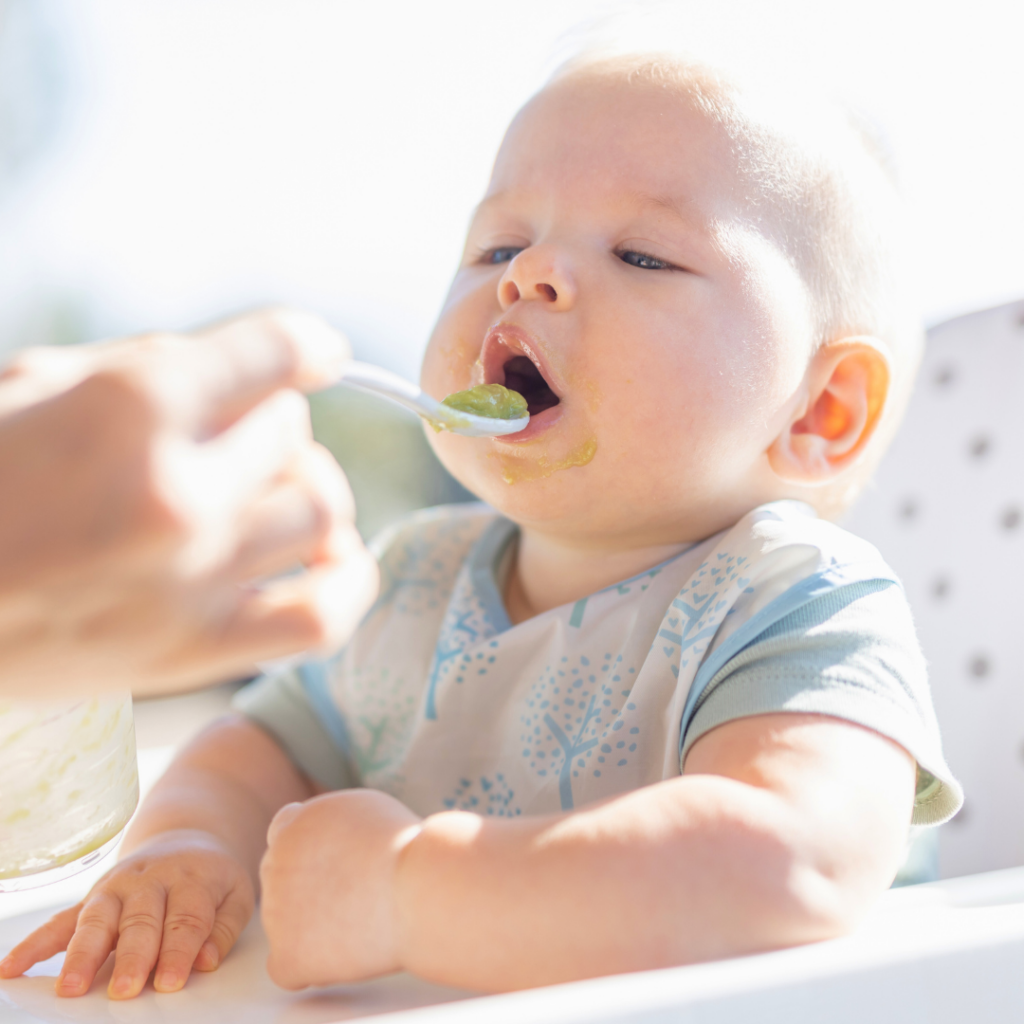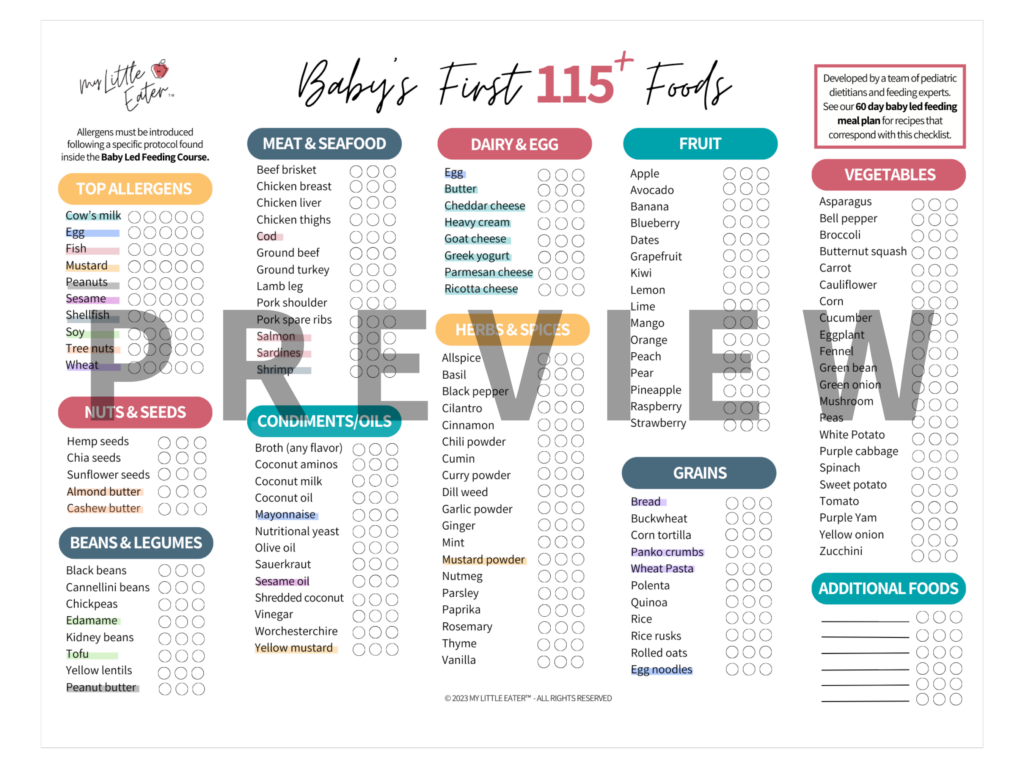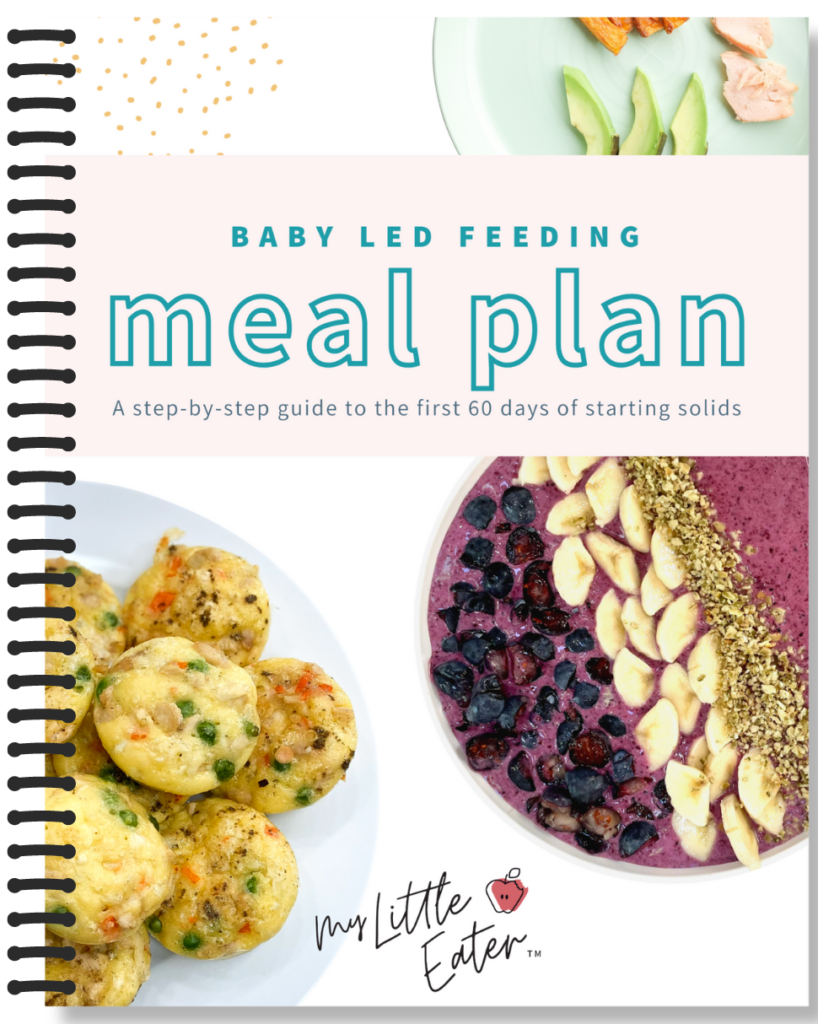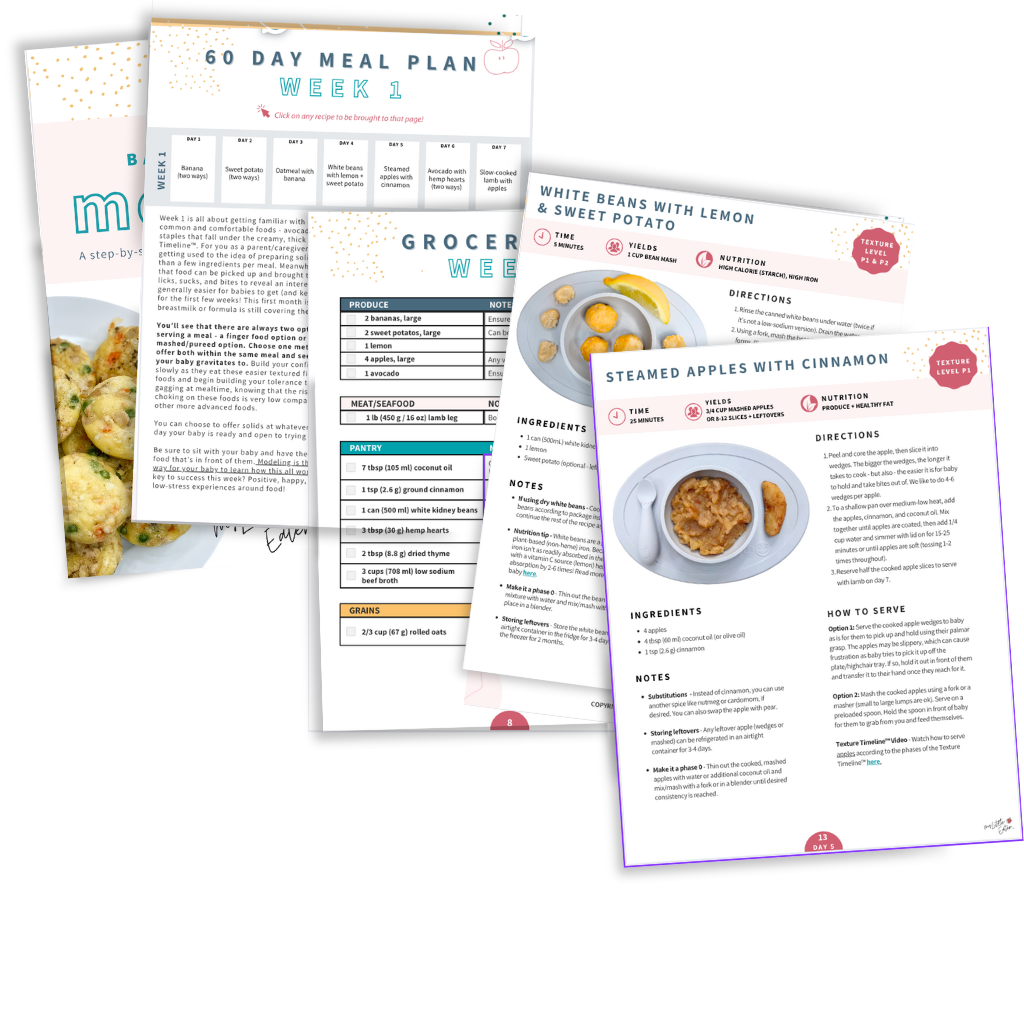You may have heard about the concerns raised regarding arsenic in various baby foods and wondered if it was true or just more fearmongering from the internet.
Unfortunately, it’s true that heavy metals, such as arsenic (a known toxin), have been an issue in foods for decades. Food can be contaminated by soil, air, and water, so arsenic is found in virtually every food at varying levels.
This means there are worrisome amounts of arsenic in certain foods that babies consume on a regular basis. The good news is that there are ways to modify food to reduce arsenic levels for our little ones who are especially vulnerable to harm.
In this blog, we cover all the information you need to know about arsenic in your baby’s food, including how to limit it, what the long-term effects are, and which foods are of the biggest concern.
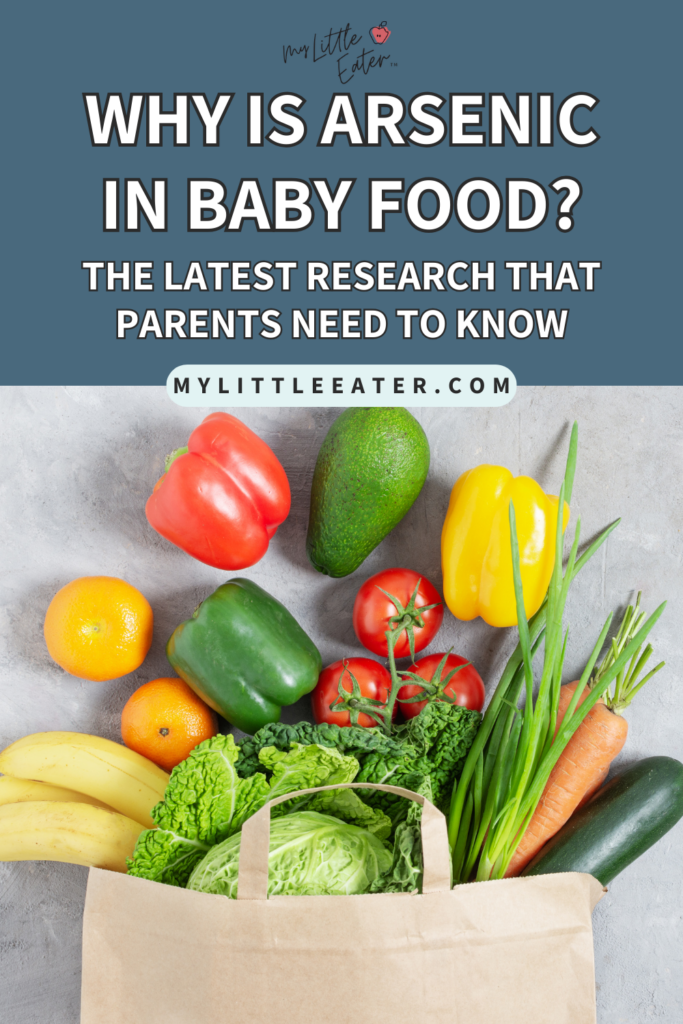
Table of Contents
MLE recommendations on arsenic in baby food
Based on the research, there is a concern with the amount of inorganic arsenic, a known neurotoxin and carcinogen, present in some foods for babies and young children.
To limit arsenic exposure, we recommend to…
- Offer your baby a variety of foods, flavors, and textures each day.
- Wash fruits and vegetables and peel root vegetables before cooking and offering them to your baby.
- Avoid fruit juice and rice milk for babies and young children.
- Serve rice in moderation while varying the type of rice you serve and choosing lower arsenic-containing rice varieties more often.
- Limit infant rice cereal and rice-based snacks for your baby.
- Choose these grains more often: oat, barley, quinoa, wheat, multigrain, and buckwheat.
Keep reading for all of the research and info behind our recommendations!
What is arsenic?
Arsenic is a chemical element that’s naturally present in the earth’s water, air, and land. Arsenic is present in different foods and water at varying levels.
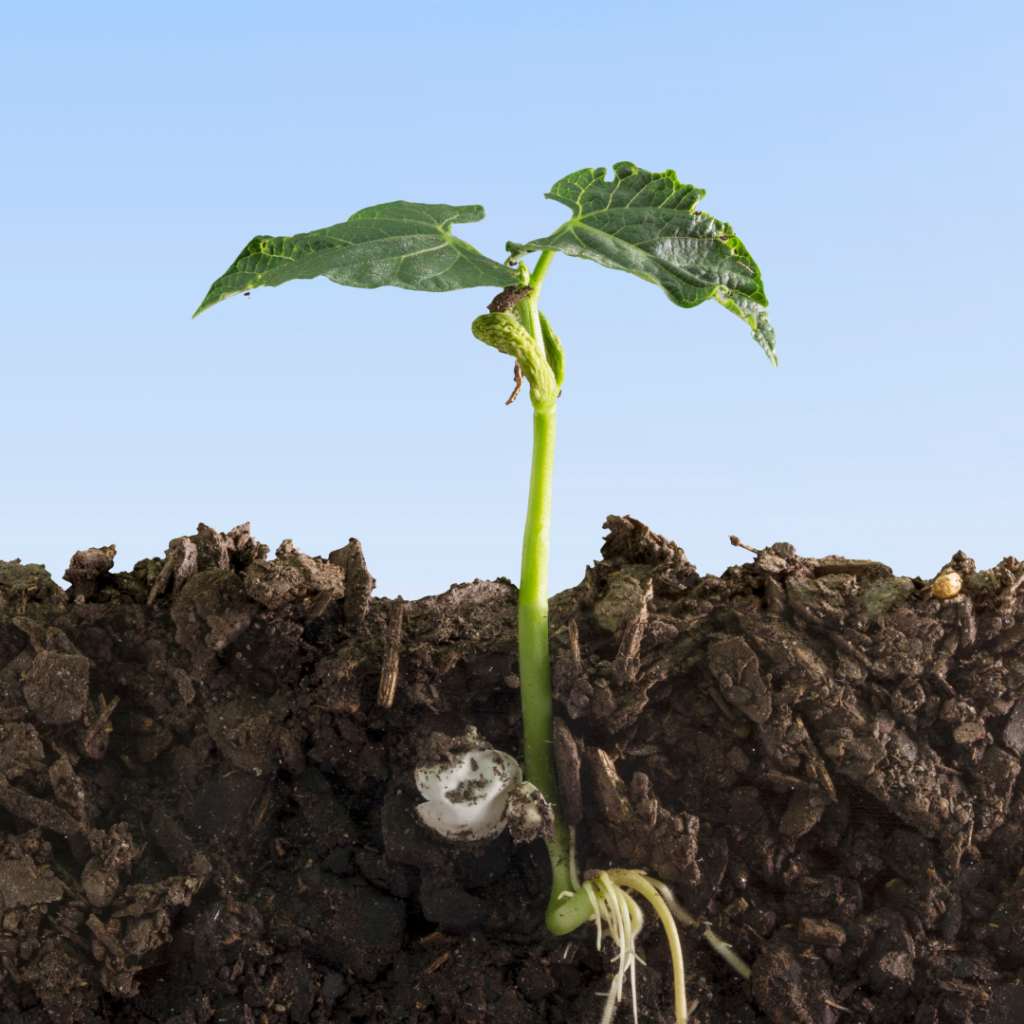
Arsenic is classified by the World Health Organization as one of 10 chemicals of major public health concern (1). However, the toxicity and health concerns depend on the type of arsenic. There are two different forms: organic and inorganic.
Organic arsenic
Organic arsenic is a naturally occurring heavy metal found in soil, rock, and water. Most seafood contains organic arsenic, which is considered to be less toxic and less harmful to health (1).
Inorganic arsenic
Inorganic arsenic is found in soil, groundwater, and industrial chemicals (1). The large amounts of inorganic arsenic found in our food supply mostly come from contaminated groundwater and soil caused by livestock manure, fertilizers, pesticides, and industrial waste (1).
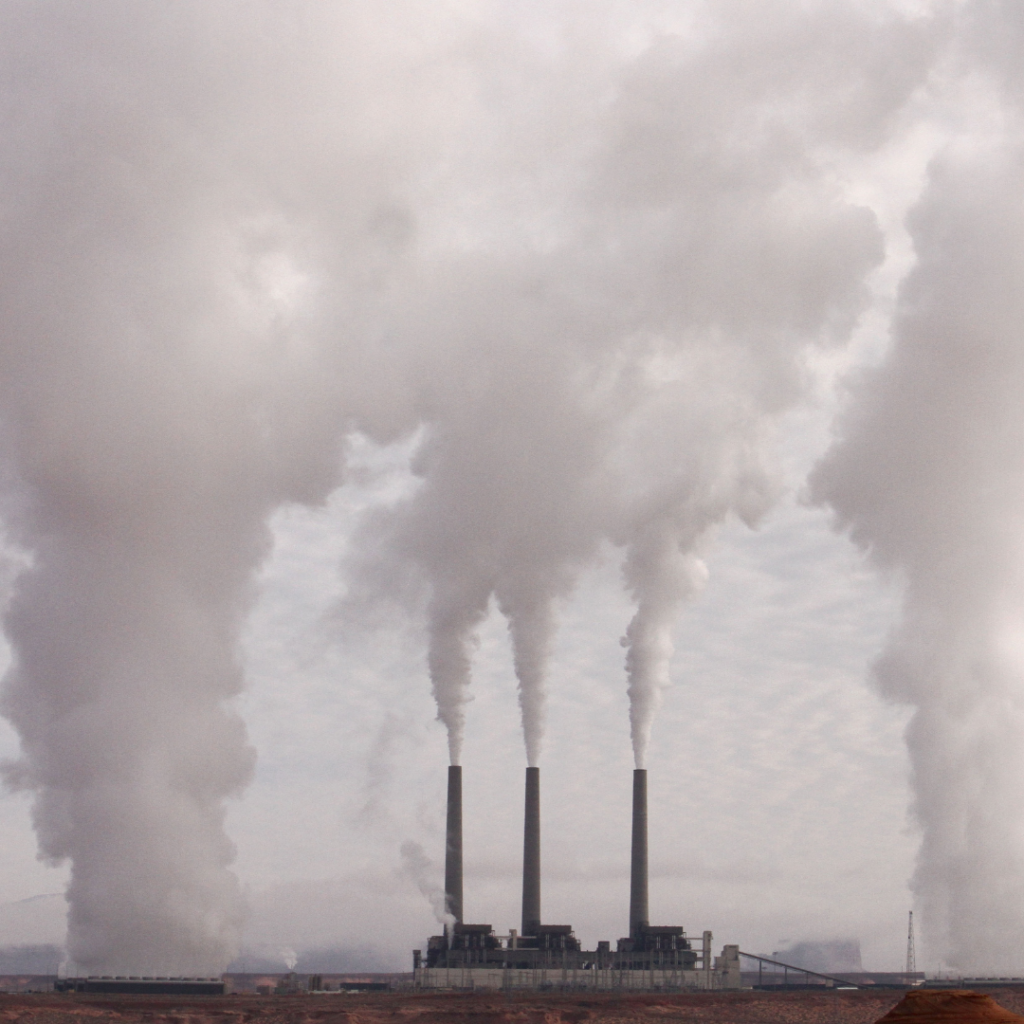
Inorganic arsenic is a highly toxic chemical and a confirmed carcinogen (2).
It is present at higher levels in the groundwater in many countries around the world, including Argentina, Bangladesh, Cambodia, Canada, Chile, China, India, Mexico, Pakistan, the U.S., and Vietnam. (1, 3, 4).
Important note!
Important note!
When we’re talking about organic and inorganic arsenic, this is in terms of its chemical composition. This is not the same as buying organic products at the grocery store. Don’t rely on the higher-priced organic foods to have any less arsenic – the two things are not related!
How does arsenic get into our food?
Inorganic arsenic mainly gets into our food through contaminated soil and groundwater where the food is grown. Plants may absorb the inorganic arsenic from the soil or may be contaminated through arsenic-polluted groundwater used to irrigate crops (5).
The level of arsenic in the environment varies depending on geographic location, pollution contamination from fracking, mining, or coal-fired power plants, and past or current use of pesticides and other arsenic-containing products (6).
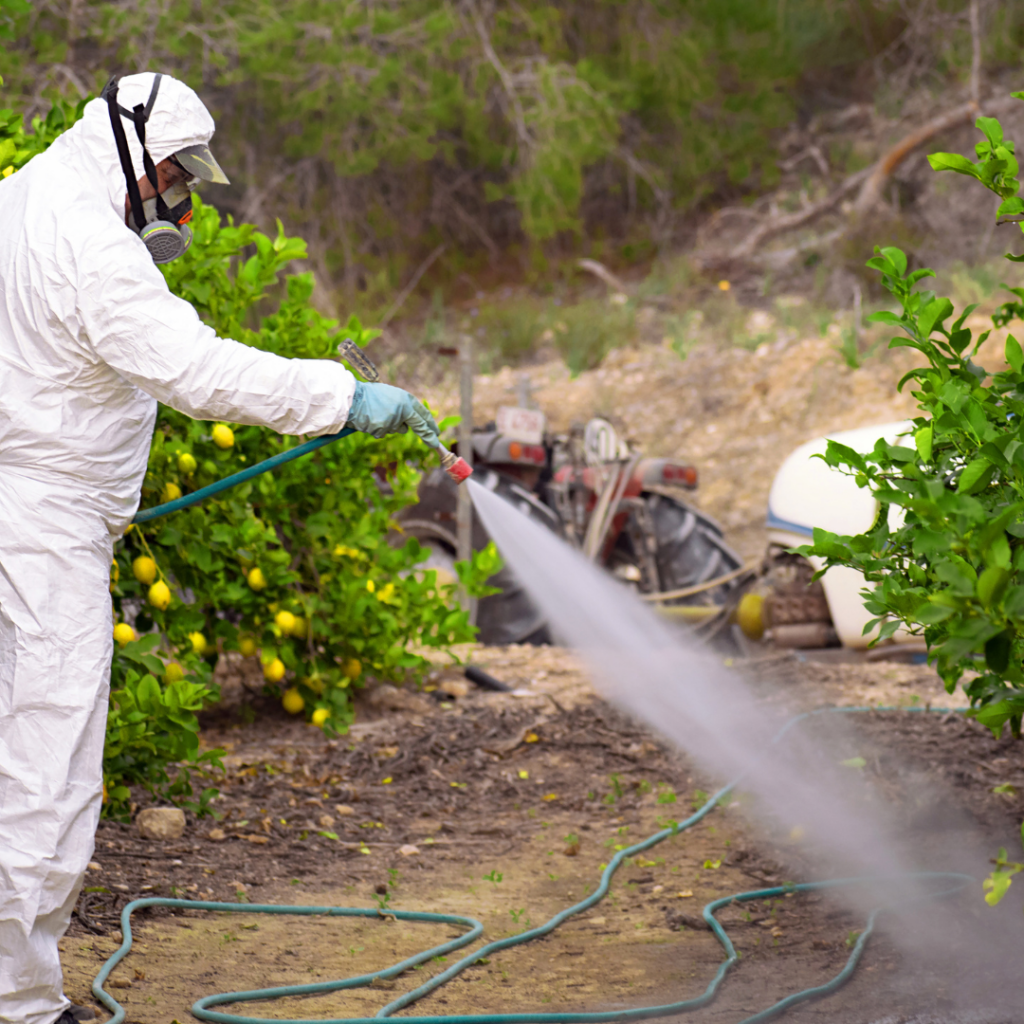
Due to health concerns, arsenic-containing pesticides are generally banned in the U.S., Canada, and Europe (7, 8, 9). Although in the past, inorganic arsenic was commonly used in pesticides and herbicides (10, 11).
1.6 million tons of inorganic arsenic, once used for agriculture and industrial purposes, remains in the U.S. soil to this day and continues to contaminate our food (12).
What foods contain arsenic?
It may come as a surprise to learn that arsenic is found in a variety of foods because rice is often talked about as the only food of concern in relation to arsenic. Since arsenic is found in the soil and groundwater, it can contaminate many foods. That said, some foods contain more arsenic than others.
Unfortunately, arsenic contamination in food has become a problem all over the world due to contamination from raw materials and widespread food importation (13).

Let’s dive into what foods contain arsenic and if they should be avoided or not.
Be sure to click to download the list below outlining low to high-risk arsenic-containing foods for babies based on the latest research (5, 14, 15).
Rice
If you’ve heard warnings about arsenic, they were most likely in relation to rice.
The truth is that rice is generally more of a concern than other foods and has been found to have higher and concerning levels of inorganic arsenic.
Why is rice more of a concern when it comes to arsenic contamination?
Rice is one of the major crops grown and cultivated in heavily flooded areas, with soil and water that may be contaminated with arsenic. In flooded areas, arsenic is present in its most toxic form which more easily accumulates in rice (16).
Rice very effectively absorbs arsenic-contaminated water through the plant roots and is brought up for storage in the rice grains (3, 12).
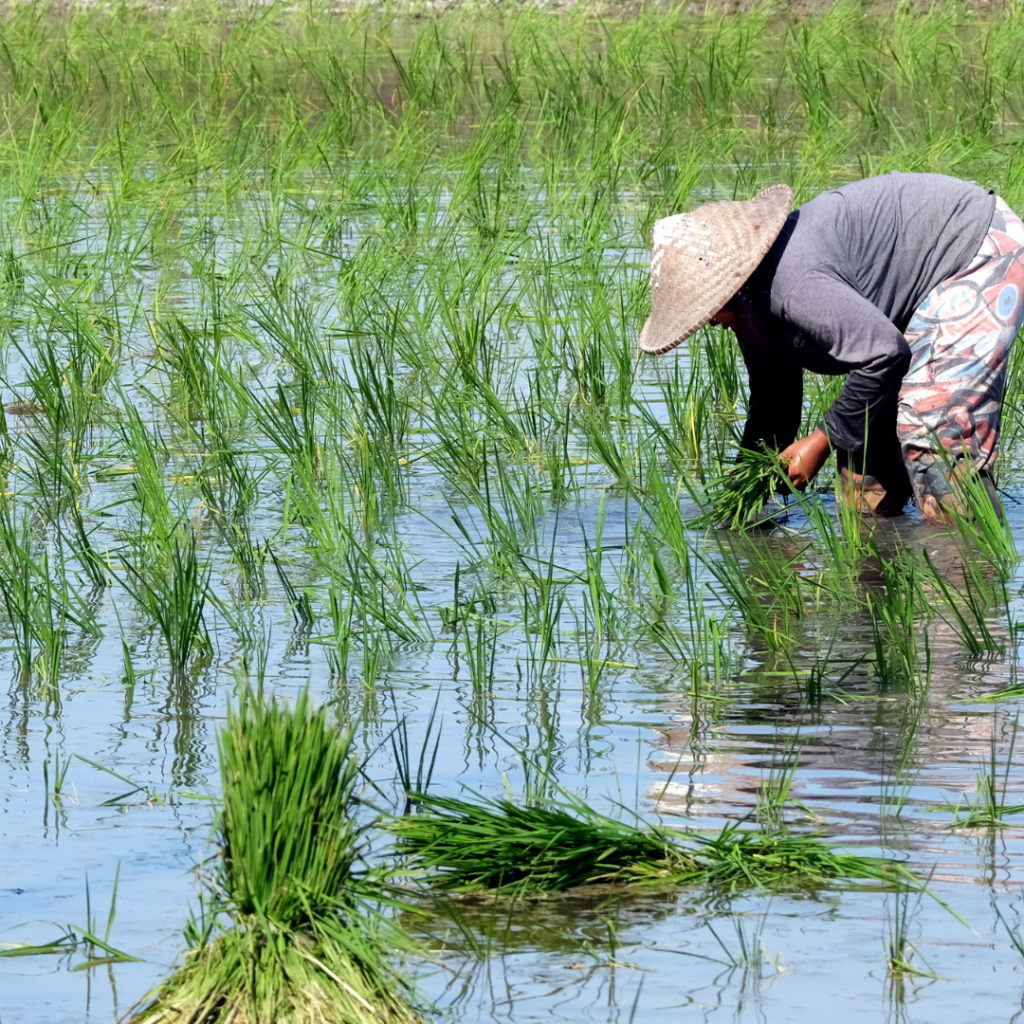
Because of this, rice contains 10 times more arsenic on average than other grains and is exposed to higher levels of toxins than crops grown in fields, like wheat or barley (3).
This means arsenic toxicity is a concern for those who consume rice daily and is more of a concern to health than other crops (3). It’s also more of a concern for babies because many store-bought baby products are made from rice making it easy for them to consume high quantities.
Best and worst rice for your baby based on arsenic levels
The levels of inorganic arsenic found in rice vary depending on the type of rice and where it was grown (12). Certain geographic locations have higher levels of arsenic in the ground and water.
In the U.S. for example, rice that is grown in soil from the southern states contains greater levels of arsenic (12). This is because of the high levels of arsenic-laced pesticides that were used in the past on cotton crops and orchard fruit trees (12).
Best rice for your baby: White basmati rice from California, India, and Pakistan, and sushi rice from the United States. These, on average, have about half of the amount of arsenic compared to other rice varieties (12). More specifically, white basmati rice from California is the lowest in arsenic, making it a top choice for the best rice to serve your baby (12).
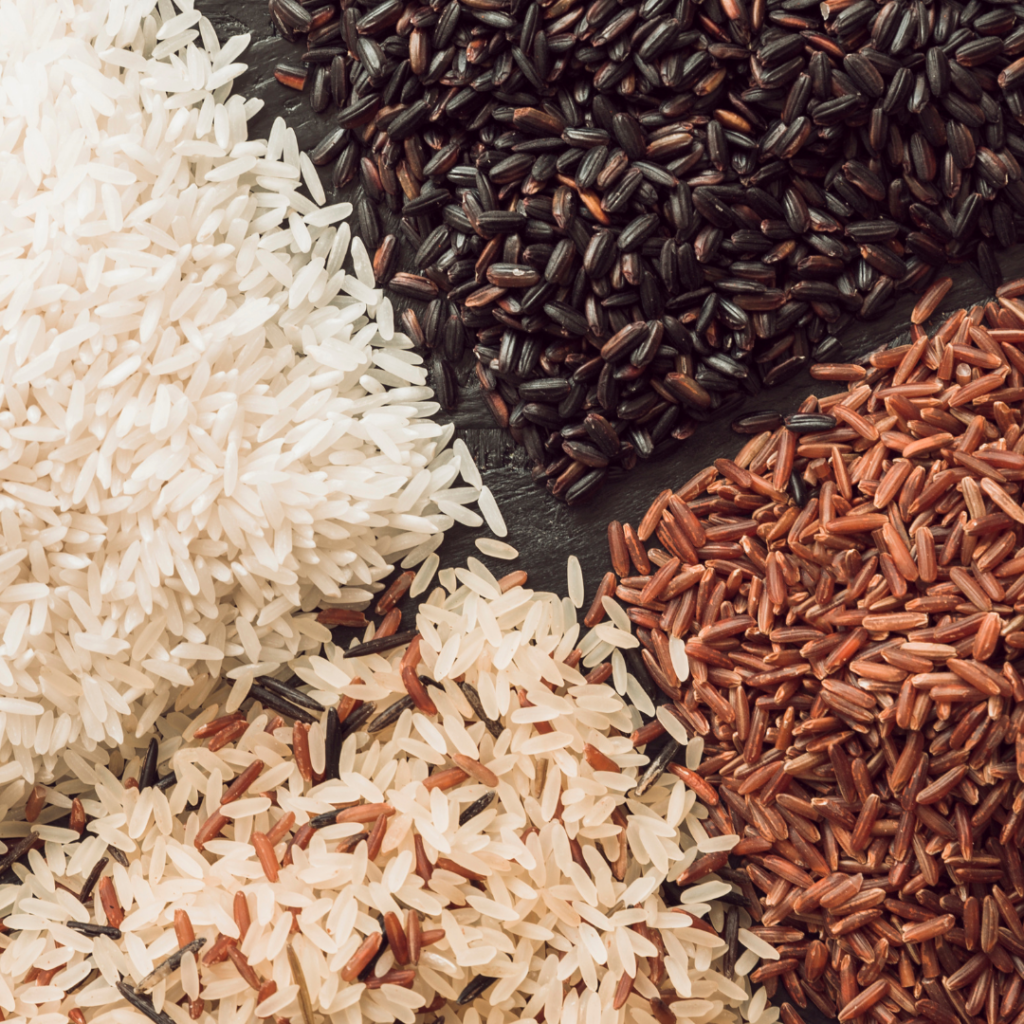
Worst rice for your baby: All types of rice (except sushi and quick cooking) that indicate they came from Arkansas, Louisiana, or Texas (12). These tend to have the highest levels of inorganic arsenic (12).
Is brown rice healthier than white rice?
Although brown rice is more nutrient-dense than white rice, it contains the highest amount of arsenic of any rice.
Brown rice contains 80% more inorganic arsenic on average than white rice of the same type (12). This is because the arsenic builds up in the outer bran layer that is removed during processing for white rice (12).
But here’s why it’s tricky…brown rice provides essential nutrients including fiber, magnesium, B1, B3, and other vitamins that babies and toddlers need.
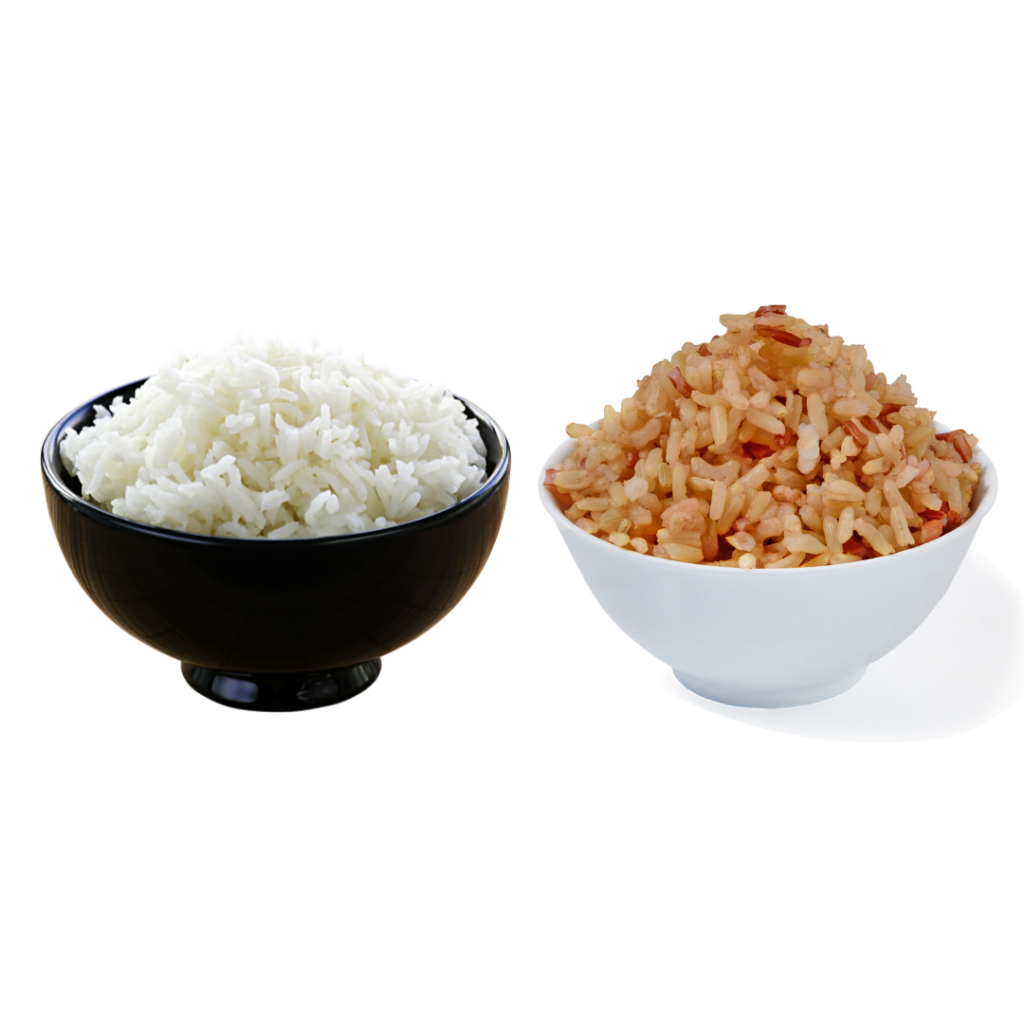
This doesn’t mean that you have to completely avoid brown rice. It can still be a part of a nutritious diet for your baby or toddler, but don’t use it above and beyond other rice types thinking it’s a healthier option for them.
When you choose to offer it, brown basmati rice from California, India, or Pakistan are the better choices, as they have about a third less inorganic arsenic than brown rice grown in other locations (12).
Check out our rice blog to find out more about rice, its safety for babies, and how to serve it.
Baby rice products
My Little Eater
Recommendation
Recommendation
Baby rice products often contain higher levels of inorganic arsenic.
To limit the amount of arsenic exposure, rice cereal and rice-based products shouldn’t make up the majority of your baby’s diet and shouldn’t be offered daily.
Offer rice products more sparingly and amongst a range of other foods and grains, such as barley, oats, and quinoa, always focussing on giving your baby more variety.
Infant rice cereal
Commercially fortified infant cereal, particularly baby rice cereal, is a common first food offered to babies. It’s a simple food that’s non-allergenic, with a bland flavor, and an easy texture to meet a baby’s high iron needs in the early days of starting solids.
Iron-fortified baby rice cereal may have even been recommended by your doctor or pediatrician!

However, rice-based cereal isn’t necessarily the best choice for babies as it doesn’t provide texture variety to your baby and is a high source of inorganic arsenic. It can actually have up to five times the amount of inorganic arsenic than the alternatives, like oat-based cereals (12).
In one study, baby rice cereal ranked first among infants in the study as being the food that accounted for the majority (55%) of inorganic arsenic in their diet (16).
Worrisome inorganic arsenic levels have been detected in infant cereals typically consumed between 4 and 12 months of age (12). This is a vulnerable age for babies as they are rapidly growing and developing which makes them more susceptible to harm from arsenic. This is because they eat more food, drink more water, and breathe more air per pound of body weight than an adult does (17).
When comparing one glass of water (which has strict limits placed on arsenic) to one cup of infant rice cereal, tests found that the baby rice cereal contains more than double the legal limit of arsenic allowed in drinking water (16).
While it’s fine to offer occasionally, there’s no need to offer baby rice cereal as the first food (or at all!). We recommend avoiding serving baby rice cereal daily or multiple times per day.
If you do choose to introduce iron-fortified cereal to your baby as a first food when starting solids, we recommend offering your baby a wide variety of other grains and opt for baby cereal made from oats, barley, quinoa, or wheat. These contain, on average, 84% less arsenic than an infant rice cereal (16).
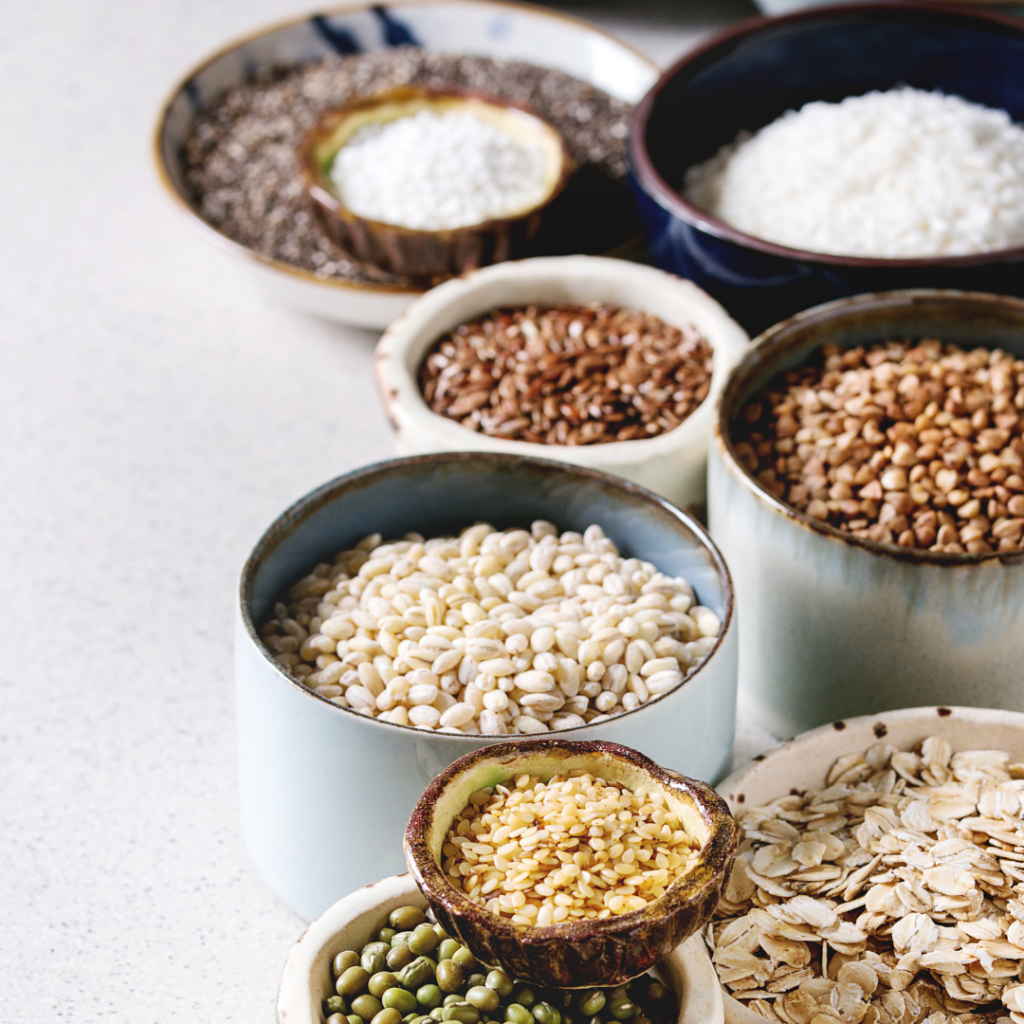
The top choices for baby cereal with lower arsenic levels (in order) are: buckwheat, barley, quinoa, oatmeal, wheat, and multigrain baby cereal (16).
If you choose wheat-based cereal as a first food, remember that wheat is a top allergen, so be sure to follow the proper protocol for introducing allergens.
Baby rice snacks and other rice-based foods
Inorganic arsenic can be found in many other rice-based products that are either made for babies or often served to them, including:
- Rice crackers
- Rice rusks (teething biscuits)
- Infant rice puff snacks
- Rice bran
- Cereal bars
- Rice crisp cereals
- Rice pasta
- and more!
Additionally, always be sure to read food labels and ingredient lists carefully, as rice can appear in different forms including rice flour and rice syrups.
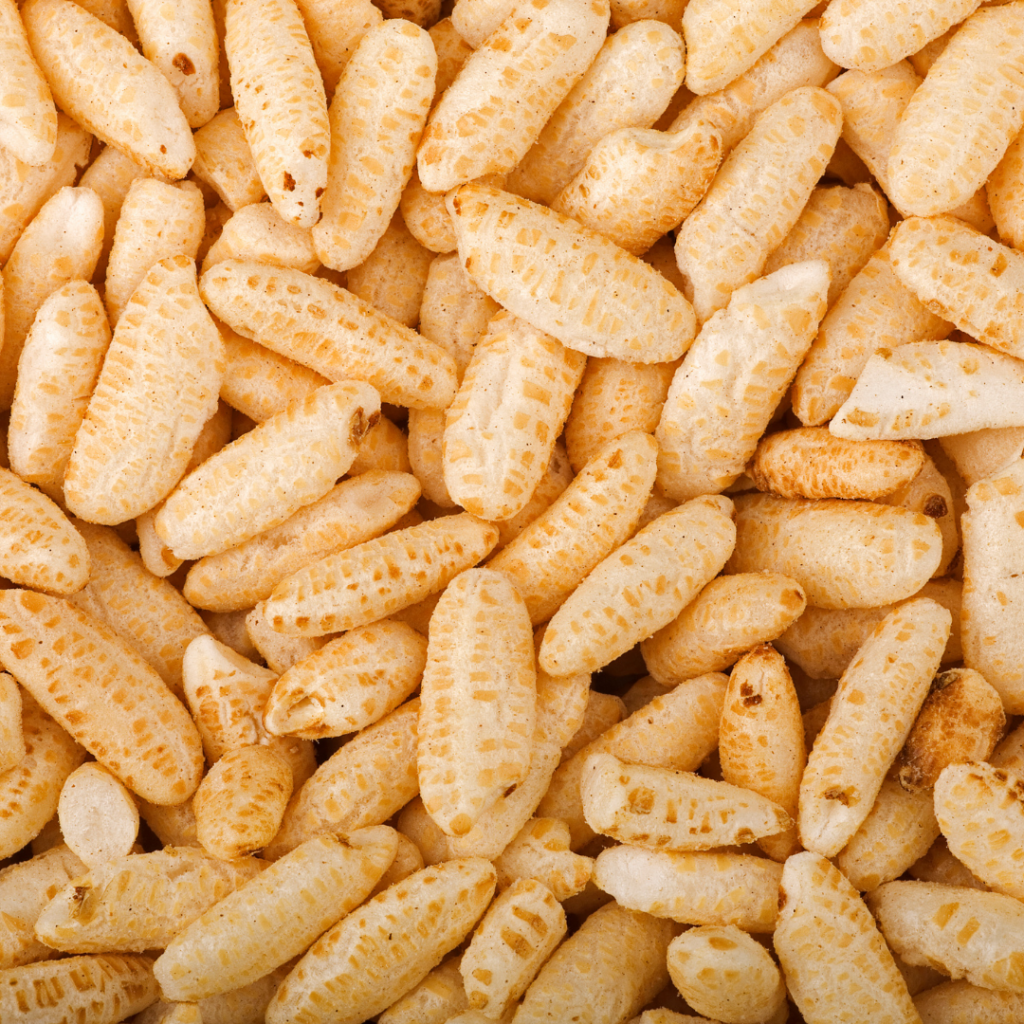
When it comes to the foods listed above, most of them can be easily avoided for babies. There are tons of different crackers, snacks, and pasta options to choose from that aren’t rice-based that you can offer your baby instead!
We have an entire guide to help you choose the best crackers for your baby and toddler. Download our free cracker guide for specific brand options.
Plus, snacks are not necessary to give your baby until after 12 months of age, so there’s no need to buy pre-made baby snacks which have been found to have higher levels of inorganic arsenic. That said, if you choose to serve your baby prepared snacks, choose rice-free options when possible.
Rice milk
We don’t recommend rice milk be provided as the main source of drinkable nutrition to babies and toddlers under 5 years of age.
This is because rice milk has been tested and found to have high levels of arsenic (12).
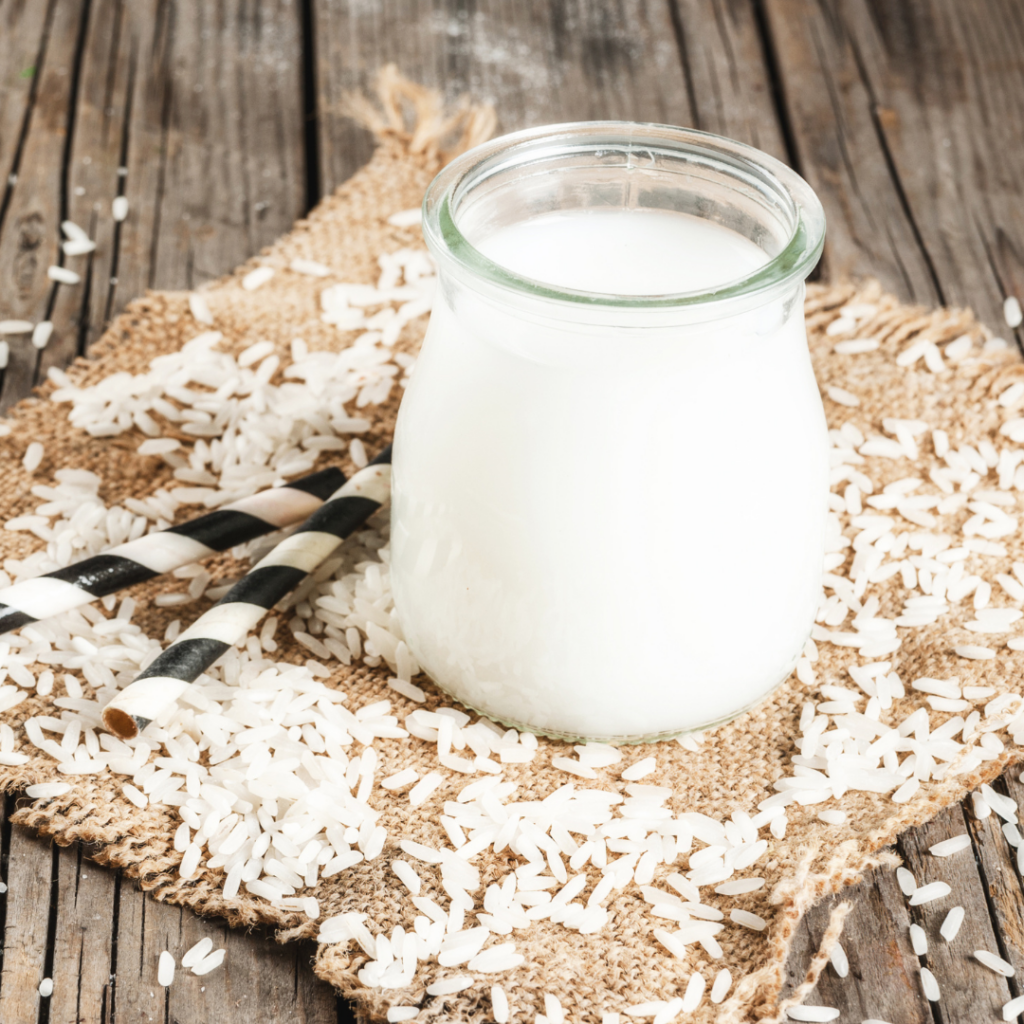
It’s important to note that babies should not drink cow’s milk or any dairy alternative as a drink until 12 months of age. Learn more about this and how to choose the best milk for your child.
Fruits and vegetables
Fruits and vegetables grown in contaminated soil and water may absorb varying amounts of arsenic. The amount absorbed depends on the geographic location, the plant type, and how it grows.
- Fruiting crops tend to absorb little arsenic in the parts that we eat (5). These are foods such as squash, cucumbers, strawberries, beans, tomatoes, and peppers.
- Root vegetables absorb higher levels of arsenic mainly in their skins (5). These are vegetables like carrots, turnips, beets, radishes, sweet potatoes, and potatoes. One study found that the majority of arsenic was stored in the carrot tops followed by the peel (18).
- Leafy greens such as kale, lettuce, and collard greens can store higher levels of arsenic in their leaves depending on where they were grown (5, 19).
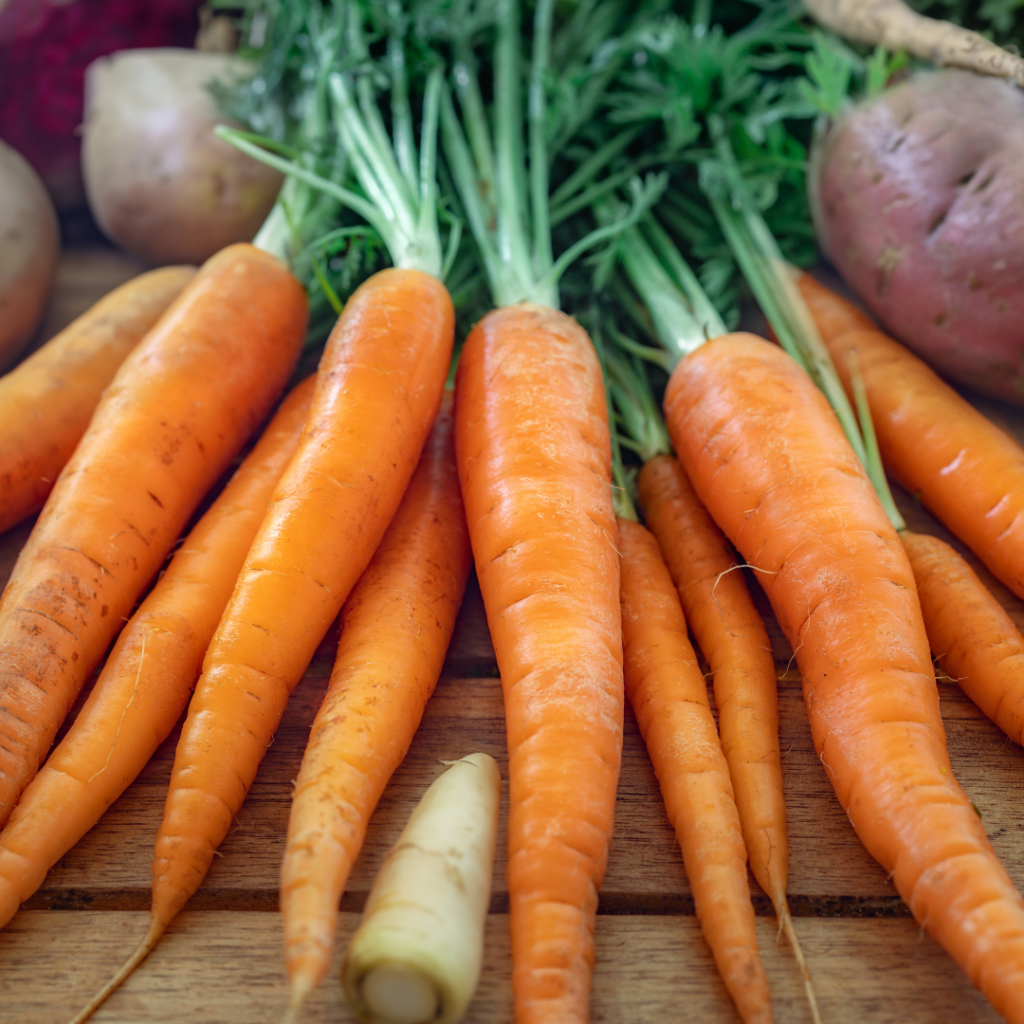
Even though some fruits and vegetables contain higher levels of arsenic, this doesn’t mean you should stop giving them to your baby as they contain important nutrients.
Just be sure to serve them along with other fruits and vegetables and wash and peel them before cooking and serving, when possible (20).
Fruit juice
Fruit juice can contain high levels of arsenic because juice is a concentrated form of fruit. Some fruit juices have higher amounts than others, such as apple and grape juice (12).
Considering that one study found that around 24% of babies aged 9 to 12 months are given apple juice, this is particularly concerning (16).
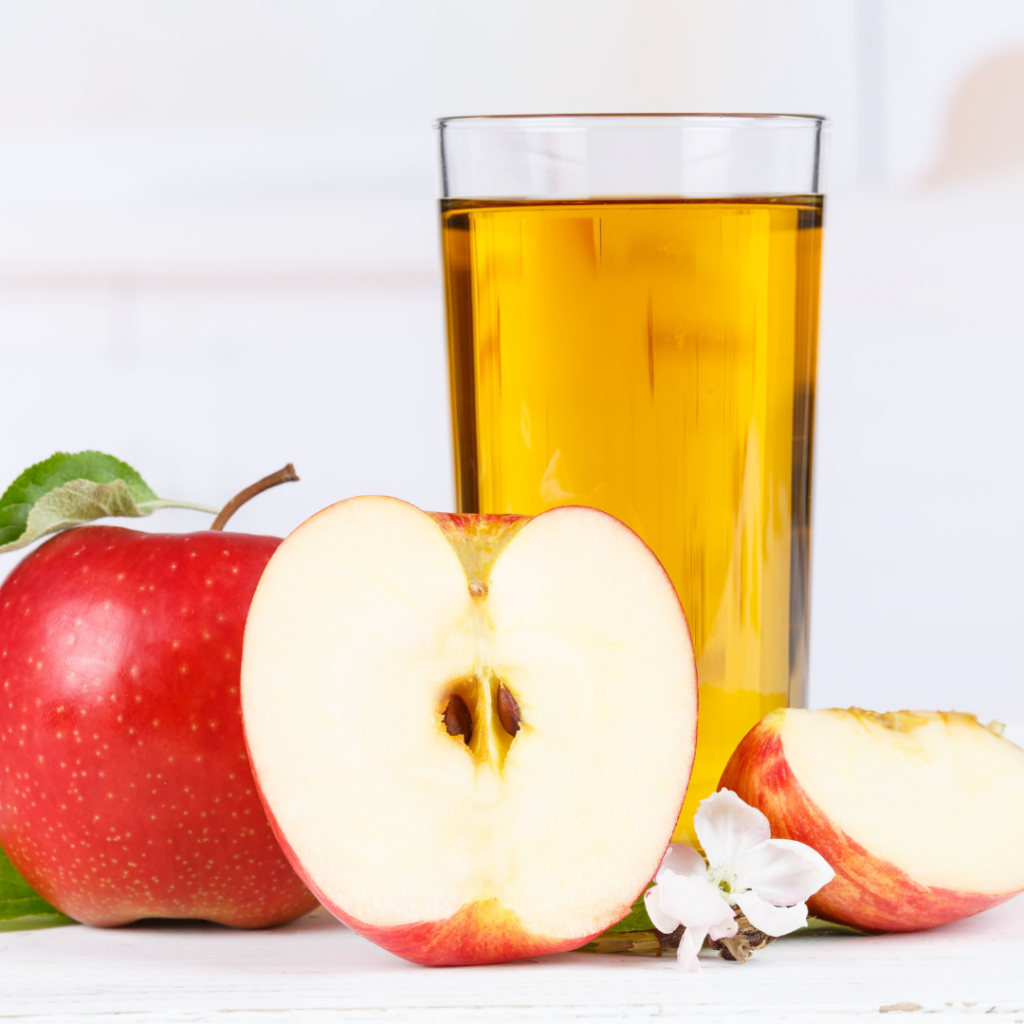
We recommend avoiding fruit juice completely for children under 2 years of age to reduce arsenic exposure and due to the added sugars (20).
After 2 years of age, juice should be offered in moderation, particularly apple and grape juice.
How to limit arsenic exposure for babies
Varying levels of arsenic are present in a wide range of foods we eat every day, as described above. However, there are ways we can reduce the level of arsenic intake for our children who are especially vulnerable to its negative effects.
Be sure to click to download the handout below on how to limit arsenic exposure for your baby!
Reducing arsenic in rice
- Choose white basmati rice from California more often.
- Other good choices to offer over others are white basmati rice from India and Pakistan and sushi rice from the United States.
- Limit baby rice cereal.
- Offer your baby low-arsenic-containing grains and cereals instead of rice cereal, such as oatmeal, buckwheat, multigrain, wheat, barley, and quinoa (16).
- Limit rice-based snacks for your baby, including puffs and teething rusks made from rice.
- If you‘d like to offer your baby store-bought snacks, choose rice-free options more often.
- Check product labels and avoid buying food products made with rice syrup.
- Avoid serving rice milk to babies and children under 5.
- When offering rice to your baby, cook it in a way that reduces arsenic levels (see below to learn how).
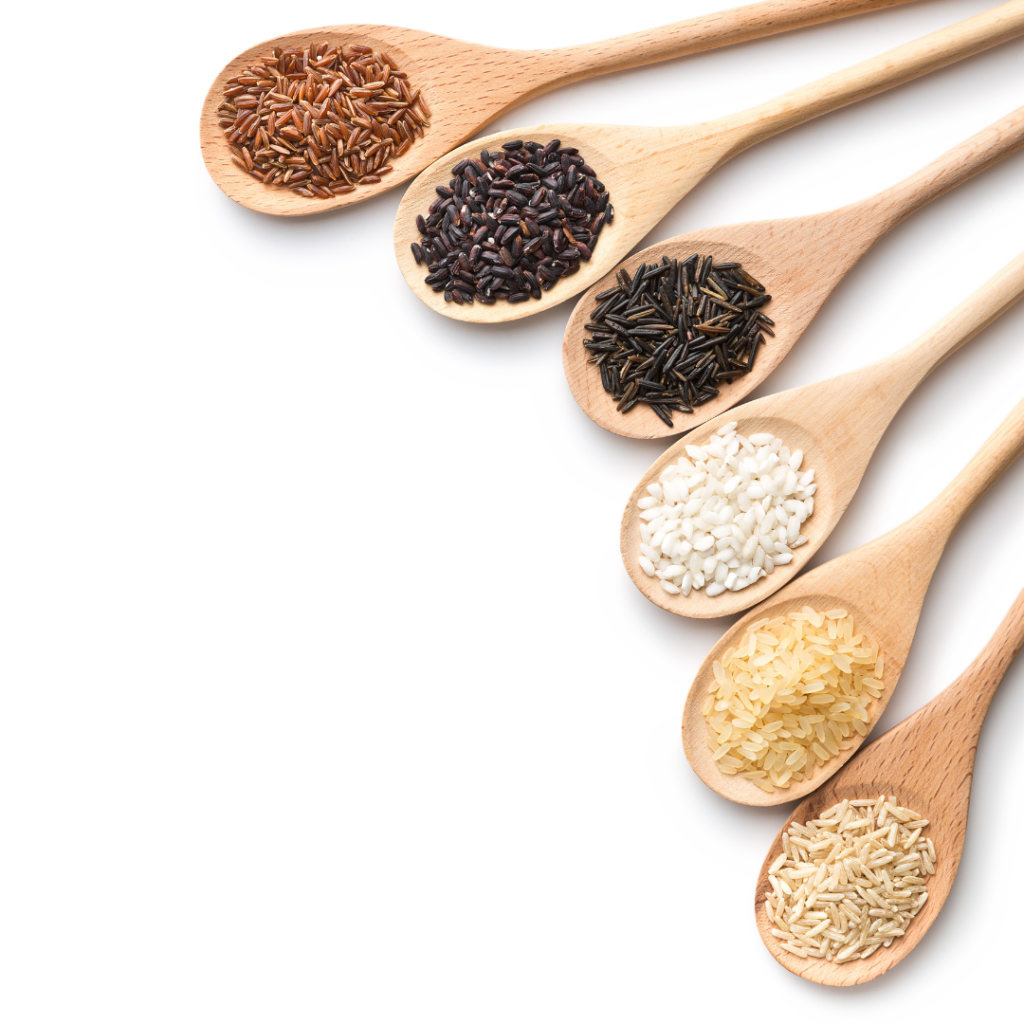
Top tip!
Top tip!
Baby oats and multigrain cereals are often the same affordable price as rice cereal! They’re typically iron-fortified as well, so they’re an easy swap to lower your baby’s rice consumption.
Cooking rice to remove excess arsenic
Scientists have found a new and effective method to cook rice that reduces arsenic levels and retains more nutrients…
- Add rice to already boiling water (4 cups of water to 1 cup of rice).
- Continue boiling for 5 minutes, and then dump all of the water out (21). Add fresh water (2 cups of water to 1 cup of rice).
- Turn the heat down to medium-low, cover with a lid, and continue cooking until all of the water is absorbed by the rice (21).
We love this option because it removes over 50% of arsenic from brown rice and 74% of arsenic from white rice (21).
You can watch this method in action in the video below!
Reducing arsenic in fruits and veggies
- Always wash fruits and vegetables well.
- Peel root vegetables such as carrots, potatoes, and sweet potatoes.
- Offer a variety of fruits and vegetables to your baby. Don’t avoid certain vegetables because they contain arsenic. Instead, vary the vegetables you offer to your baby, and serve them in addition to a balanced diet.
- Avoid canned fruit for your baby. Instead, serve fresh or frozen fruit.
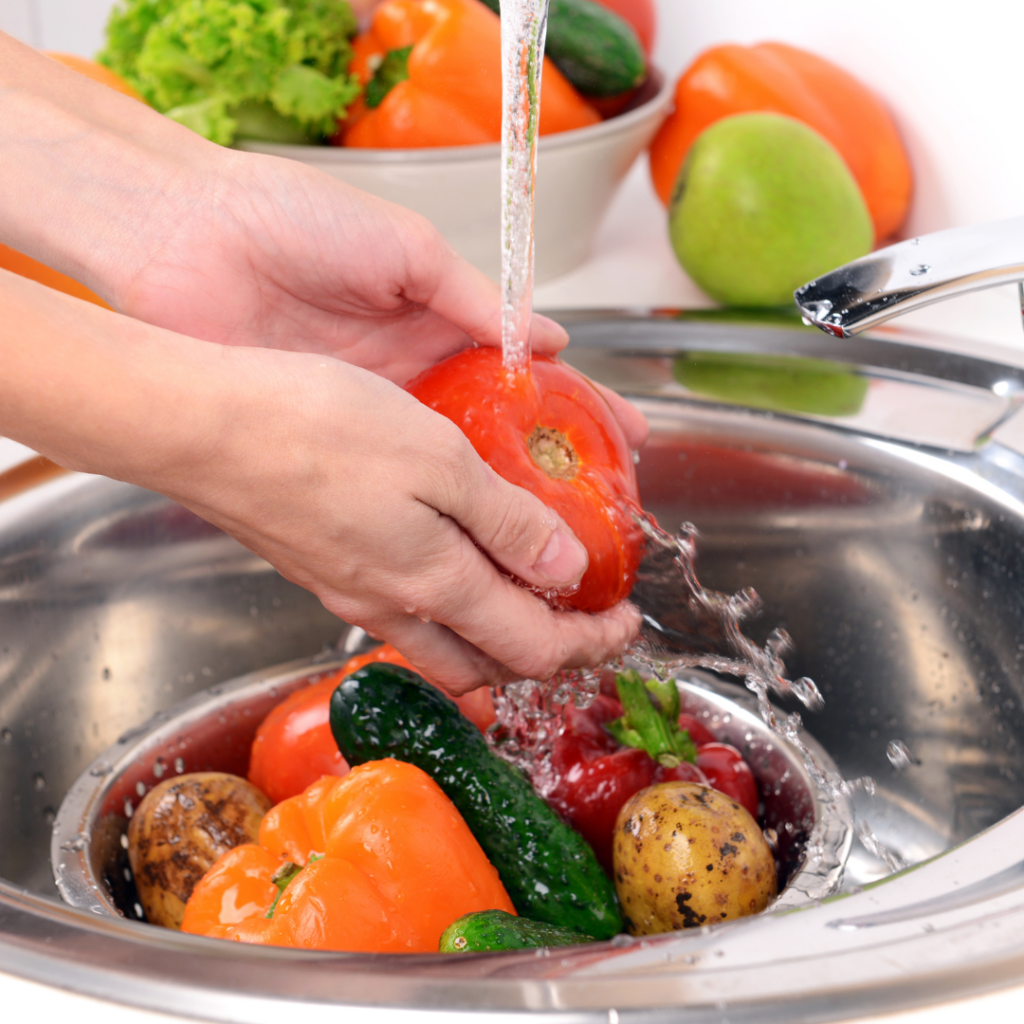
Reducing arsenic exposure from fruit juice
- Avoid giving your baby fruit juice until at least 2 years of age.
- If you start offering fruit juice, do so in moderation and limit apple and grape juice.
- Instead of fruit juice, offer your baby water in an open cup or straw cup as their drink of choice in addition to breastmilk and/or formula.
- For toddlers 1 year and older, offer them water and milk as their drink of choice at meals and snacks.
What are the risks of arsenic exposure for babies?
Risks of arsenic exposure depend on whether you’re exposed to a very high concentration over a short period of time or a very low concentration over a long period of time.
When it comes to babies consuming contaminated food, we aren’t concerned about short-term consequences. This is because they wouldn’t consume large enough quantities of arsenic from whole foods or baby food products for these symptoms to occur.
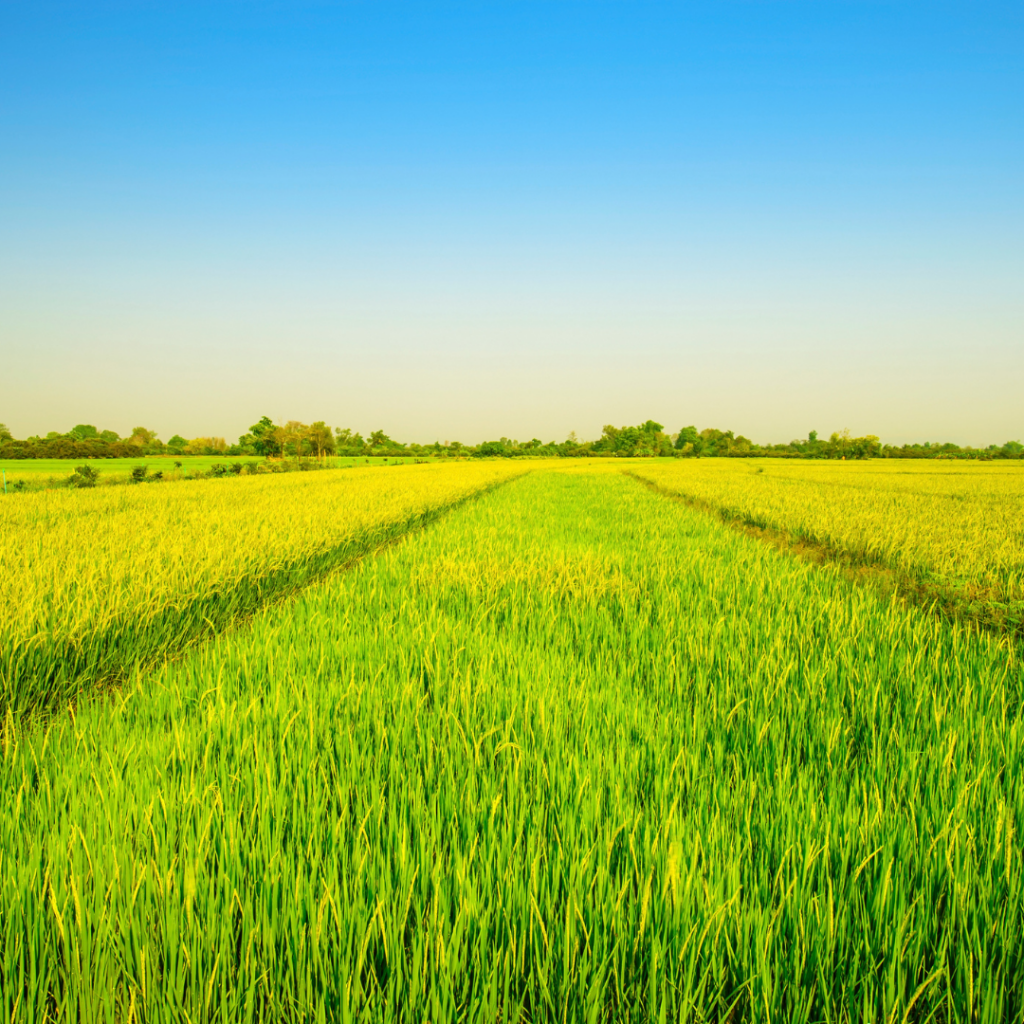
However, we would be more concerned with long-term exposure to low levels of inorganic arsenic.
Let’s get into the details below.
Neurodevelopmental impact on children
Studies suggest that exposure to inorganic arsenic for a fetus in the womb and in early childhood may negatively affect a child’s brain weight and nervous system (2).
Arsenic exposure has been linked to negative effects on child intelligence, including perceptual reasoning, verbal comprehension, and memory (13). Decreases in intellectual function, specifically memory and IQ, were even seen at consumption levels that were below the government safety limits (2).

Studies show that the negative neurotoxic effect is seen particularly with young children because they have a rapidly developing brain that is highly susceptible to harm and damage caused by arsenic.
The health impact is difficult to assess as negative outcomes of inorganic arsenic on the brain may not be fully seen until later in life. The natural decline in brain function that happens with aging can unmask these deficits caused by early life exposure to inorganic arsenic (2, 12).
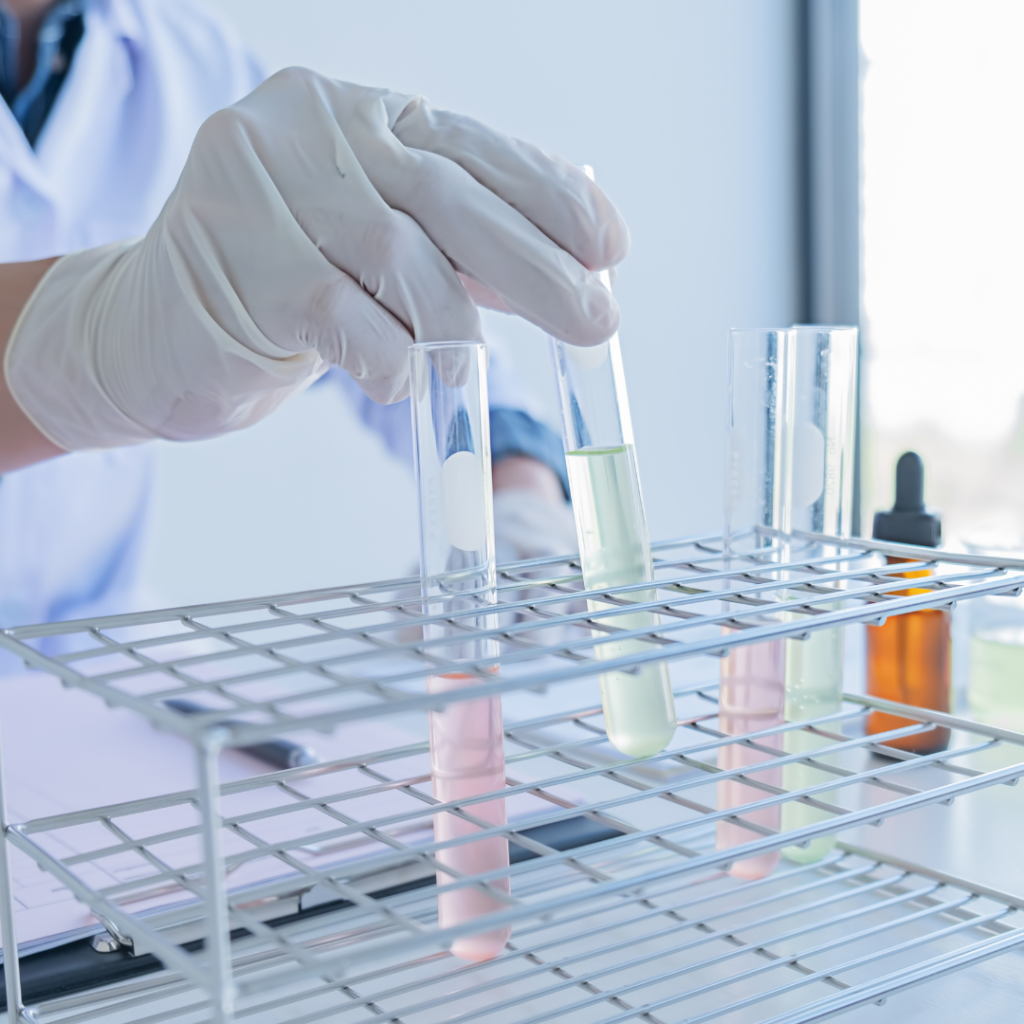
A study found that 30% of babies are started on solids before four months of age (16). The harm from arsenic poses an even greater risk for these young babies as their bodies are so small (16).
Cancer risk
Arsenic exposure early in life for a fetus during pregnancy can lead to adverse health outcomes throughout life, such as increased cancer rates as adults (13).
Arsenic has also been found to block cancer-fighting hormones in the body, and chronic exposure to arsenic can increase the risk of skin, lung, and bladder cancer, and is possibly associated with cancer of the kidneys, prostate, and liver (1, 2, 13, 16).
Why you shouldn’t worry
We know these risks sound scary. We don’t want you to panic or worry about these numbers! It’s our job to give you the information but also show you how to make reasonable adjustments based on this information.
The good news?
If rice cereals and rice-based products were replaced by other grains for babies starting solids, the neurodevelopmental impact and IQ loss are estimated to be reduced by 84% (16).
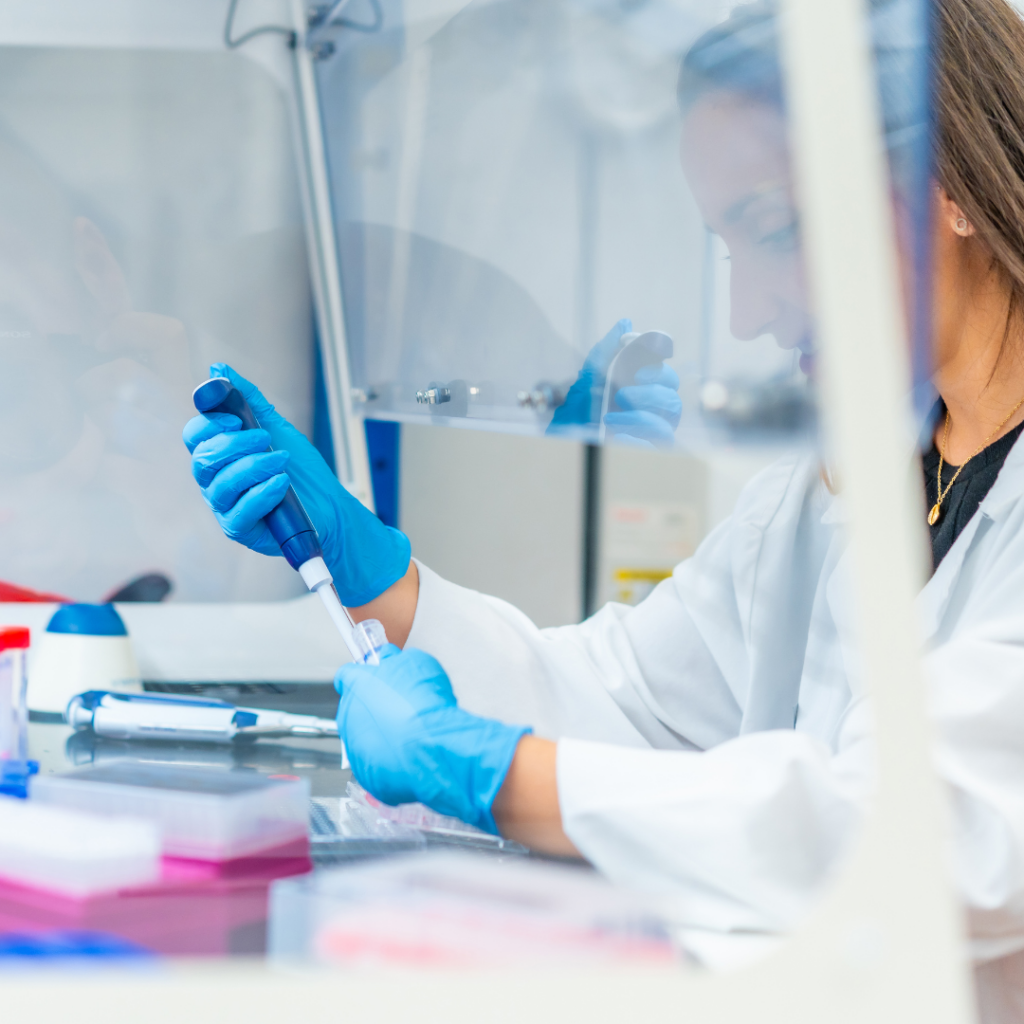
That’s a huge decrease! Given the number of iron-fortified baby cereals and new varieties of baby snacks on the market now, it’s an easy swap to switch from rice-based products to another grain.
Check out our easy recommendations on ways to modify your baby’s diet to reduce arsenic risk.
Why you shouldn’t worry
We know these risks sound scary. We don’t want you to panic or worry about these numbers! It’s our job to give you the information but also show you how to make reasonable adjustments based on this information.
The good news?
If rice cereals and rice-based products were replaced by other grains for babies starting solids, the neurodevelopmental impact and IQ loss are estimated to be reduced by 84% (16).

That’s a huge decrease! Given the number of iron-fortified baby cereals and new varieties of baby snacks on the market now, it’s an easy swap to switch from rice-based products to another grain.
Check out our easy recommendations on ways to modify your baby’s diet to reduce arsenic risk.
Is arsenic a concern for babies worldwide?
Rice is often the first food offered to many babies when starting solids and is a staple food in many diets. So why aren’t these populations experiencing negative health effects from all of the inorganic arsenic in rice?
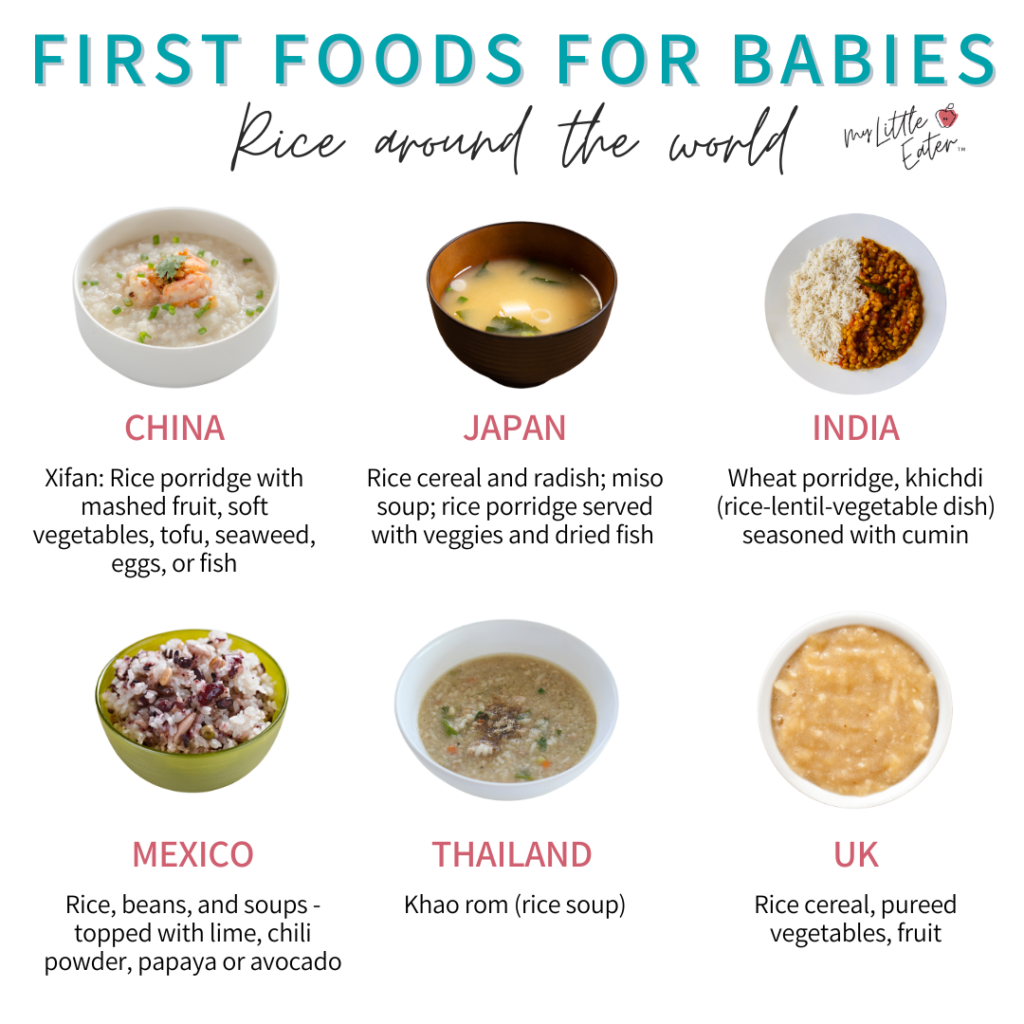
As we mentioned before, the level of inorganic arsenic varies dramatically depending on where the rice is grown and how it’s processed. While some babies around the world are eating rice as soon as they start solids, there may only be a very small amount of arsenic present in these rice varieties.
In addition, the negative effects of arsenic may only appear in adulthood, as it takes much longer for arsenic to build up in the body if there are only trace amounts in each serving.
Therefore, to develop concrete recommendations and set limits for safe rice consumption, further research is required.
All that said, rice is a very important food in many cultures, and starting solids is often celebrated by offering rice to babies!
This is why our recommendation is to vary the type of rice offered to your baby and choose types of rice lower in arsenic when possible, NOT to avoid it completely.
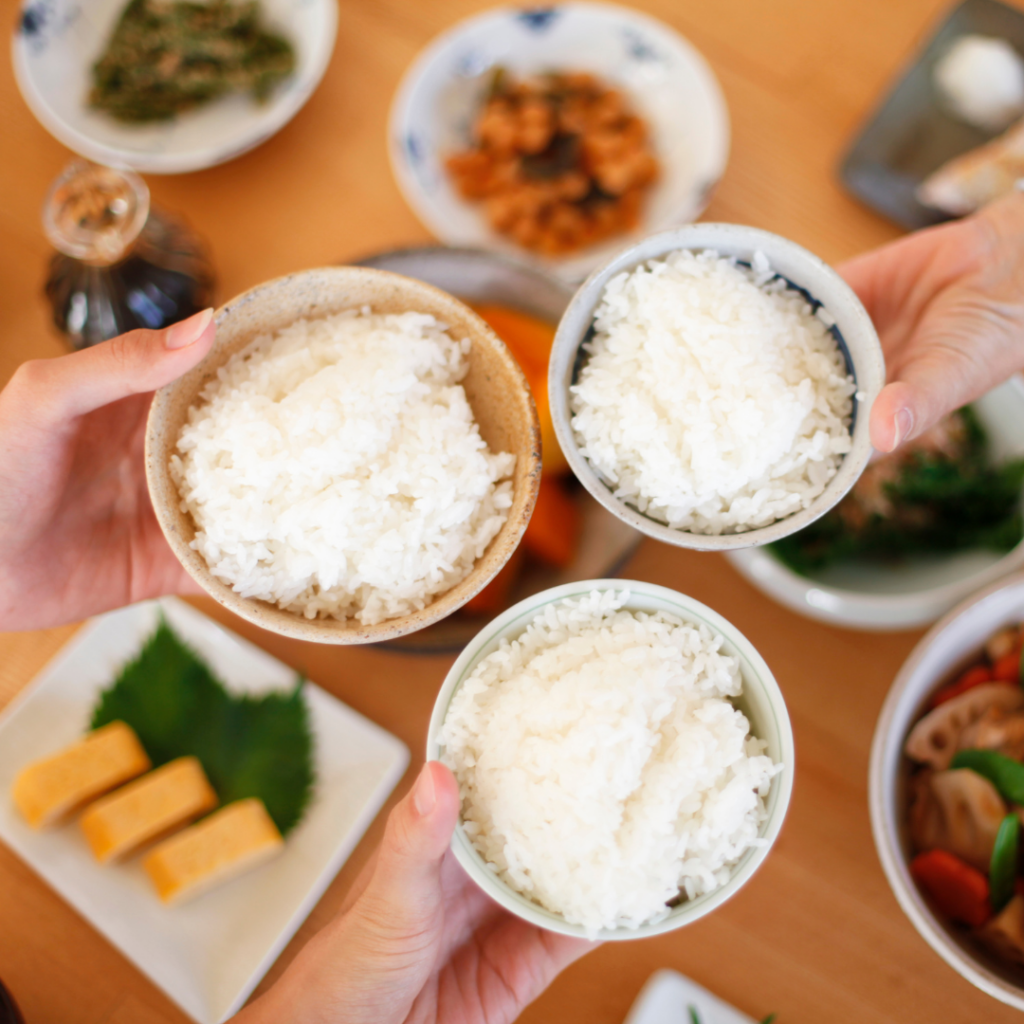
Arsenic regulations for baby foods
U.S.A.
There are currently no limits in place by the U.S. Food and Drug Administration (FDA) on arsenic for most foods in the U.S. (10, 12).
For water, the standard is no more than 10 ppb of arsenic allowed. Studies have found as much as 193 ppb of inorganic arsenic in brown rice grown in the southern U.S. (12).
The FDA has proposed guidance on arsenic limits (action levels) in certain foods that may contain higher levels (10). These action levels are not legally enforced (10).
Examples of inorganic arsenic action levels the FDA has put forth include (25, 26):
- No more than 100 ppb in infant rice cereal
- No more than 10 ppb in apple juice
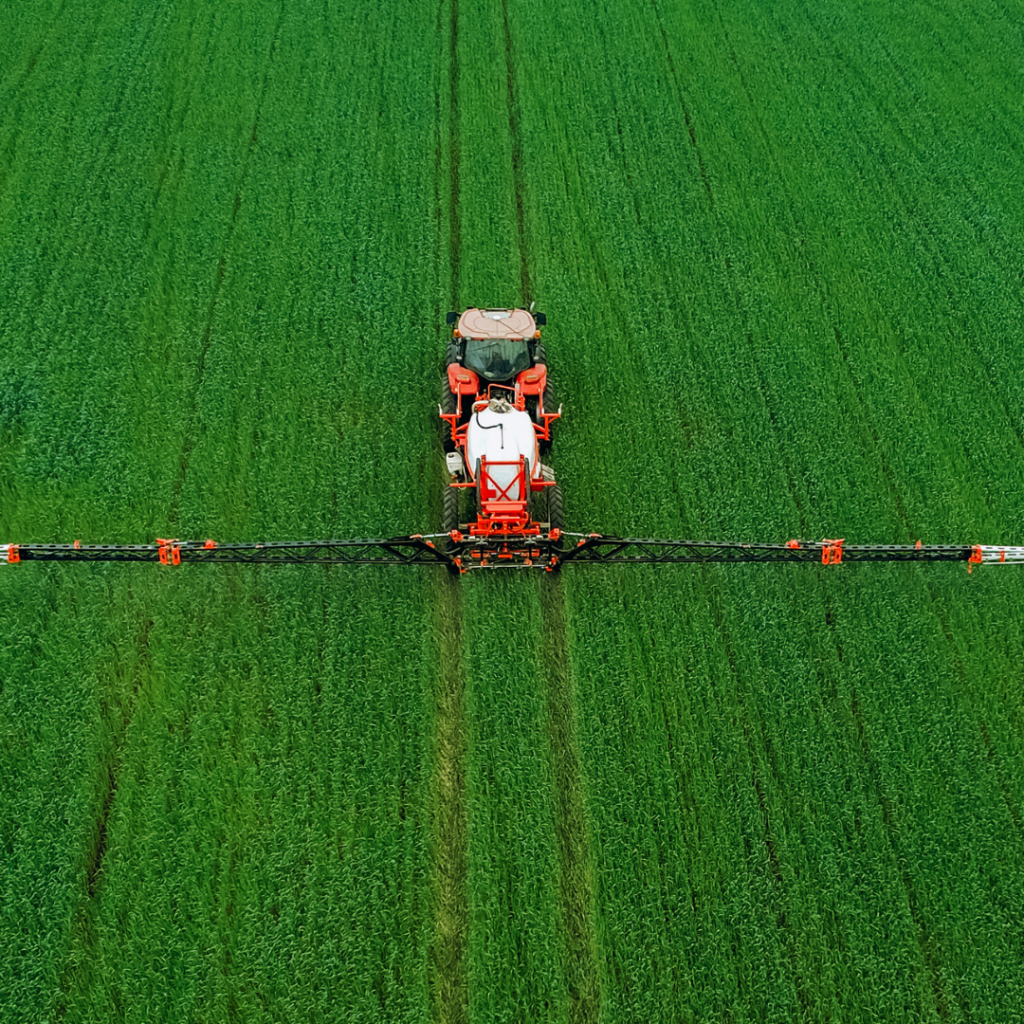
Unfortunately, suggesting changes to manufacturers does not always create outcomes. Testing has found varying and worrisome levels of arsenic in baby rice products throughout the U.S. (12).
Canada
Health Canada and the Canadian Food Inspection Agency monitor arsenic levels in food sold in Canada and create “maximum levels” of arsenic allowed in food.
Maximum levels of inorganic arsenic allowed in high-risk foods include (27, 28):
- 100 ppb for rice-based foods for infants and young children
- 10 ppb for fruit juice (except grape juice)
- 30 ppb for grape juice
Europe
The European Union and European Food Safety Authority (EFSA) regulate arsenic levels allowed in certain foods. They have found that children under the age of three are most exposed to inorganic arsenic and are at greater risk (28).
The EFSA has conducted risk assessments in recent years to understand the impact of arsenic on health. They found that chronic intake of inorganic arsenic from contaminated water and/or food is associated with an increased risk of negative health outcomes (28).

Based on these findings, in 2023, the EFSA updated and lowered the maximum levels of inorganic arsenic allowed in foods such as rice, infant foods, and fruit juices to the following (28, 30):
- 100 ppb for rice products for infants and young children
- 20 ppb for baby food
- 20 ppb for fruit juices
Concerns regarding government regulations
Unfortunately, the government limits in place may not be based on rigorous health tests. The FDA has noted that its guidelines are based on what it believes the industry can easily achieve and are not based on arsenic limits that are best for protecting the health of our children (16).
Based on the World Health Organization, the gold standard for a known cancer-causing agent should protect the health of the population so that no more than one cancer develops in one million people (16, 31). Arsenic from rice-containing foods raises the risk of cancer by 40 times.
Stricter government standards, along with further research, are needed to protect the health of our vulnerable populations from this toxin.

With many chronic health conditions and degenerative diseases on the rise, this is crucial for our current and future populations, as well as for the future economic and healthcare burden to our society (16).

Arsenic Q&A
Is organic baby food better for arsenic levels?
No, organic baby food does not contain lower levels of arsenic.
When we’re talking about organic and inorganic arsenic, this is in terms of its chemical makeup. Even though inorganic arsenic is more concerning to health, buying organically does not reduce the level in food.
This is because rice that’s grown organically takes up arsenic the same way conventional rice does, so don’t rely on the higher-priced organic rice to have any less arsenic.
Does homemade baby food have less arsenic?
Homemade baby foods can have the same levels of arsenic as store-bought baby foods. This is because arsenic is found in a variety of foods.
If foods that are high in arsenic are used to make baby food, such as certain rice varieties, it could have the same high levels as store-bought options from various baby food companies.
So it’s not about making your own baby food at home that reduces the risk. It’s about choosing lower arsenic-containing foods more often for your baby whether homemade or store-bought, and modifying foods to reduce the levels of arsenic when preparing them.
See our section on how to limit arsenic exposure for your baby for more ways to reduce the risk.
Does Gerber baby food have arsenic?
Yes, Gerber baby rice food products have varying levels of arsenic. This depends on the type of rice used and where it was grown, which is what causes the levels of arsenic to vary so much even within the same product.
Testing of Gerber baby rice products sold in the US found levels both above and below the FDA-recommended limits of 100 ppb for babies and young children (12).
Gerber baby cereals made out of barley, multigrain, oatmeal, and wheat have much lower levels of arsenic and are better choices to serve to your baby more often than rice cereal (16).
What baby products have low levels or no arsenic?
No baby food product will have zero arsenic.
That is because arsenic is present in varying levels in soil and water globally where food is grown. Although, some baby foods have lower levels than others and can be offered to your baby more often.
Good choices of infant cereal (that were found to have six times less arsenic than infant rice cereal on average) include oat, barley, quinoa, wheat, multigrain, and buckwheat cereals (16). Choose these more often!
Pin it to save for later!
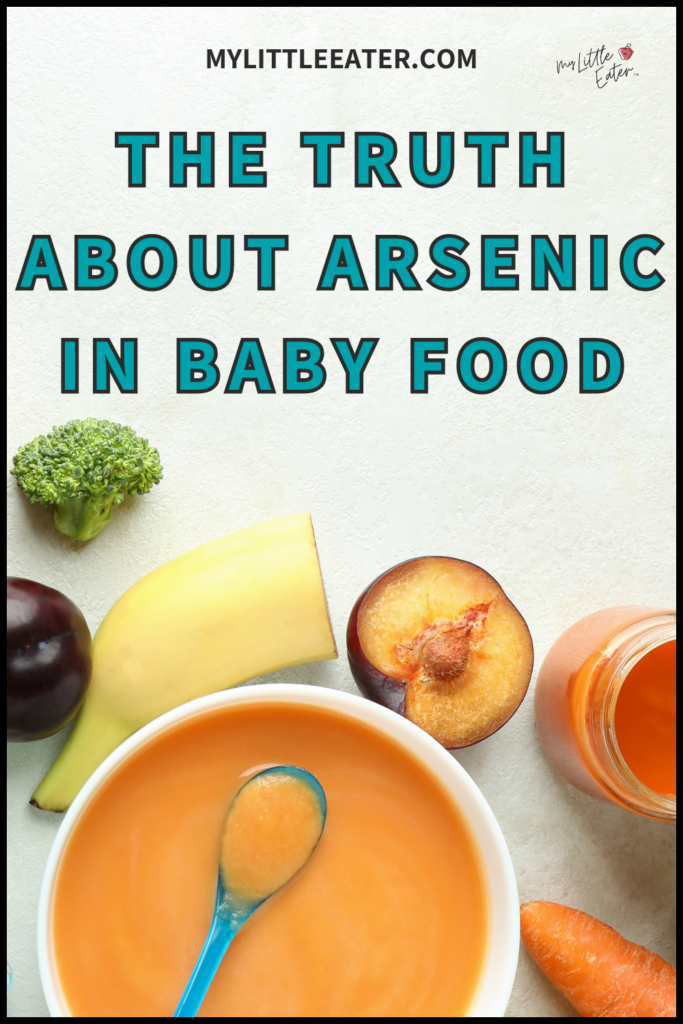
References
- World Health Organization. Arsenic. Retrieved from: https://www.who.int/news-room/fact-sheets/detail/arsenic
- Tolins, M., Rushirawat, M., & Landrigan, P. The developmental neurotoxicity of arsenic: Cognitive and behavioral consequences of early life exposure. Annals of Global Health, 80, 303-314. https://annalsofglobalhealth.org/articles/2061/files/submission/proof/2061-1-4229-1-10-20180712.pdf
- The Nutrition Source. Harvard T.H. Chan. Rice. Retrieved from: https://nutritionsource.hsph.harvard.edu/food-features/rice/
- Rehman, M. U., Khan, R., Khan, A., Qamar, W., Arafah, A., Ahmad, A., Ahmad, A., Akhter, R., Rinklebe, J., & Ahmad, P. Fate of arsenic in living systems: Implications for sustainable and safe food chains. Journal of Hazardous Materials, 417. https://doi.org/10.1016/j.jhazmat.2021.126050
- Dartmouth Sites. Arsenic in fruits, juices, and vegetables. Retrieved from: https://sites.dartmouth.edu/arsenicandyou/arsenic-in-fruits-juices-and-vegetables/
- Food and Drug Administration. Arsenic in Food. Retrieved from: https://www.fda.gov/food/environmental-contaminants-food/arsenic-food
- PAN Pesticide Action & Agroecology Network. PANNA: Arsenic wood preservative phased out in U.S. Retrieved from: https://www.panna.org/archive/panna-arsenic-wood-preservative-phased-out-us/
- Health Canada. Guideline for Canadian drinking water quality: Guideline technical document. Retrieved from: https://healthycanadians.gc.ca/publications/healthy-living-vie-saine/water-arsenic-eau/alt/water-arsenic-eau-eng.pdf
- European Food Safety Authority. Dietary exposure to inorganic arsenic in the European population. Retrieved from: https://efsa.onlinelibrary.wiley.com/doi/pdf/10.2903/j.efsa.2014.3597
- American Cancer Society. Arsenic and cancer risk. Retrieved from: https://www.cancer.org/cancer/risk-prevention/chemicals/arsenic.html
- Agency for Toxic Substances and Disease Registry. Public health statement for arsenic. Retrieved from: https://wwwn.cdc.gov/tsp/PHS/PHS.aspx?phsid=18&toxid=3#
- Consumer Reports. Arsenic in your food. Retrieved from: https://www.consumerreports.org/cro/magazine/2012/11/arsenic-in-your-food/index.htm
- Upadhyay, M. K., Shukla, A., Yadav, P., & Srivastava, S. ( 2019). A review of arsenic in crops, vegetables, animals and food products. Food Chemistry, 276, 608-618. https://doi.org/10.1016/j.foodchem.2018.10.069
- Consumer Reports. Homemade baby food is as likely to contain arsenic and other heavy metals as store-bought, study finds. Retrieved from: https://www.consumerreports.org/babies-kids/baby-food/homemade-baby-food-arsenic-heavy-metals-a8595246304
- CBS News. Homemade baby food contains as many toxic metals as store-bought options, report says. Retrieved from: https://www.cbsnews.com/newyork/news/homemade-baby-food-toxic-metals-report-lead-arsenic-mercury-cadmium/
- Healthy Babies Bright Futures. Arsenic in 9 brands of infant cereal. Retrieved from: https://www.healthybabycereals.org/sites/healthybabycereals.org/files/2017-12/HBBF_ArsenicInInfantCerealReport.pdf
- American Academy of Pediatrics. Arsenic Exposure. Retrieved from: https://www.aap.org/en/patient-care/environmental-health/promoting-healthy-environments-for-children/arsenic/?srsltid=AfmBOopvnuaBxndvpULka_HCcNFrV-BsdDcvDVt7AuQDf4Kjq91auXB_
- Codling, E.E., Chaney, R.L., Green, C.E. 2015. Accumulation of lead and arsenic by carrots grown on four lead-arsenate contaminated orchard soils. Journal of Plant Nutrition. 38(4):509-525. DOI: 10.1080/01904167.2014.934477.
- Canadian Food Inspection Agency. Toxic metals in botanical powders, frozen fruits and vegetables – April 1, 2020 to March 31, 2021. Food chemistry – Targeted surveys – Final report. Retrieved from: https://inspection.canada.ca/DAM/DAM-food-aliments/STAGING/text-texte/toxic_metals_botanical_powders_frozen_fruit_veg_1665567428935_eng.pdf
- Kids Health. What can parents do about heavy metals in baby food? Retrieved from: https://kidshealth.org/en/parents/heavy-metals.html
- SciTechDaily. Scientists find new way of cooking rice that removes arsenic and retains nutrients. Retrieved from: https://scitechdaily.com/scientists-find-new-way-of-cooking-rice-that-removes-arsenic-and-retains-nutrients/
- Khan, M. I., Ahmad, M. F., Ahmad, I., Ashfaq, F., Wahab, S., Alsayegh, A. A., Kumar, S., & Hakeem, K. R. (2022). Arsenic exposure through dietary intake and associated health hazards in the Middle East. Nutrients, 14(10), 2136. https://pmc.ncbi.nlm.nih.gov/articles/PMC9146532/
- World Health Organization. Cancer. Retrieved from: https://www.who.int/news-room/fact-sheets/detail/cancer
- Cleveland Clinic. Oxidative Stress. Retrieved from: https://my.clevelandclinic.org/health/articles/oxidative-stress
- American Cancer Society. Arsenic and cancer risk. Retrieved from: https://www.cancer.org/cancer/risk-prevention/chemicals/arsenic.html
- Food and Drug Administration. Inorganic arsenic in rice cereals for infants: Action level guidance for industry. Retrieved from: https://www.fda.gov/media/97234/download
- Government of Canada. List of contaminants and other adulterating substances in foods. Retrieved from: https://www.canada.ca/en/health-canada/services/food-nutrition/food-safety/chemical-contaminants/contaminants-adulterating-substances-foods.html
- European Commission. Arsenic. Retrieved from: https://food.ec.europa.eu/food-safety/chemical-safety/contaminants/catalogue/arsenic_en
- European Food Safety Authority. Inorganic arsenic in food – health concerns confirmed. Retrieved from: https://www.efsa.europa.eu/en/news/inorganic-arsenic-food-health-concerns-confirmed
- Eur-Lex. Commission Regulation (EU) 2023/465 of 3 March 2023 amending Regulation (EC) No 1881/2006 as regards maximum levels of arsenic in certain foods (Text with EEA relevance). Retrieved from: https://eur-lex.europa.eu/eli/reg/2023/465/oj
- World Health Organization. WHO 2001. Water quality: Guidelines, standards and health. Assessment of risk and risk management for water-related infectious disease. Chapter 10. http://www.who.int/water_sanitation_health/dwq/whoiwa/en/
- Food and Drug Administration. (2016) Arsenic in Rice and Rice Products Risk Assessment Report. http://www.fda.gov/downloads/Food/FoodScienceResearch/RiskSafetyAssessment/UCM486543.pdf.

Jillian Smith, RD
Registered Dietitian at My Little Eater Inc., and dog-mom to River. Jillian works behind the scenes answering nutrition questions and supporting parents of babies and toddlers to feed their little ones with confidence.
Click below to book a counselling session with Jill today!

Jillian Smith, RD
Registered Dietitian at My Little Eater Inc., and dog-mom to River. Jillian works behind the scenes answering nutrition questions and supporting parents of babies and toddlers to feed their little ones with confidence.
She offers parents one-on-one support through 30 minute Ask Me Anything sessions, click below to schedule your call!
